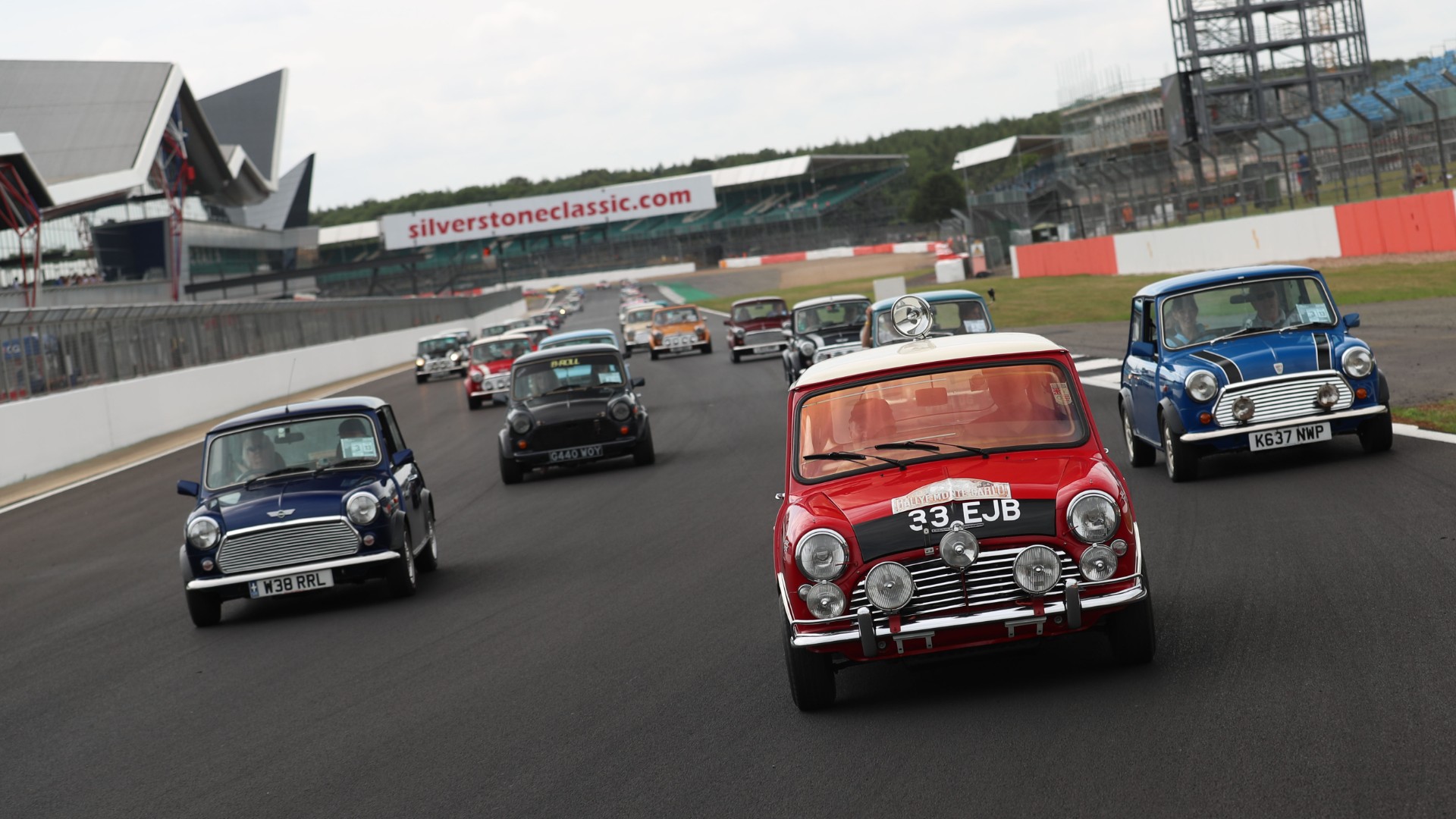
The original Mini was a revolution. From the Monte Carlo Rally to Mayfair, it was a hero of the racetrack and hero of the people. To celebrate the car’s 60th anniversary, we join its birthday celeb9ations at the 2019 Silverstone Classic, then look at the life and times of this British icon, charting its rise, fall and rise again in the 20th century and its reincarnation for the new millennium.
The original Mini at Silverstone Classic
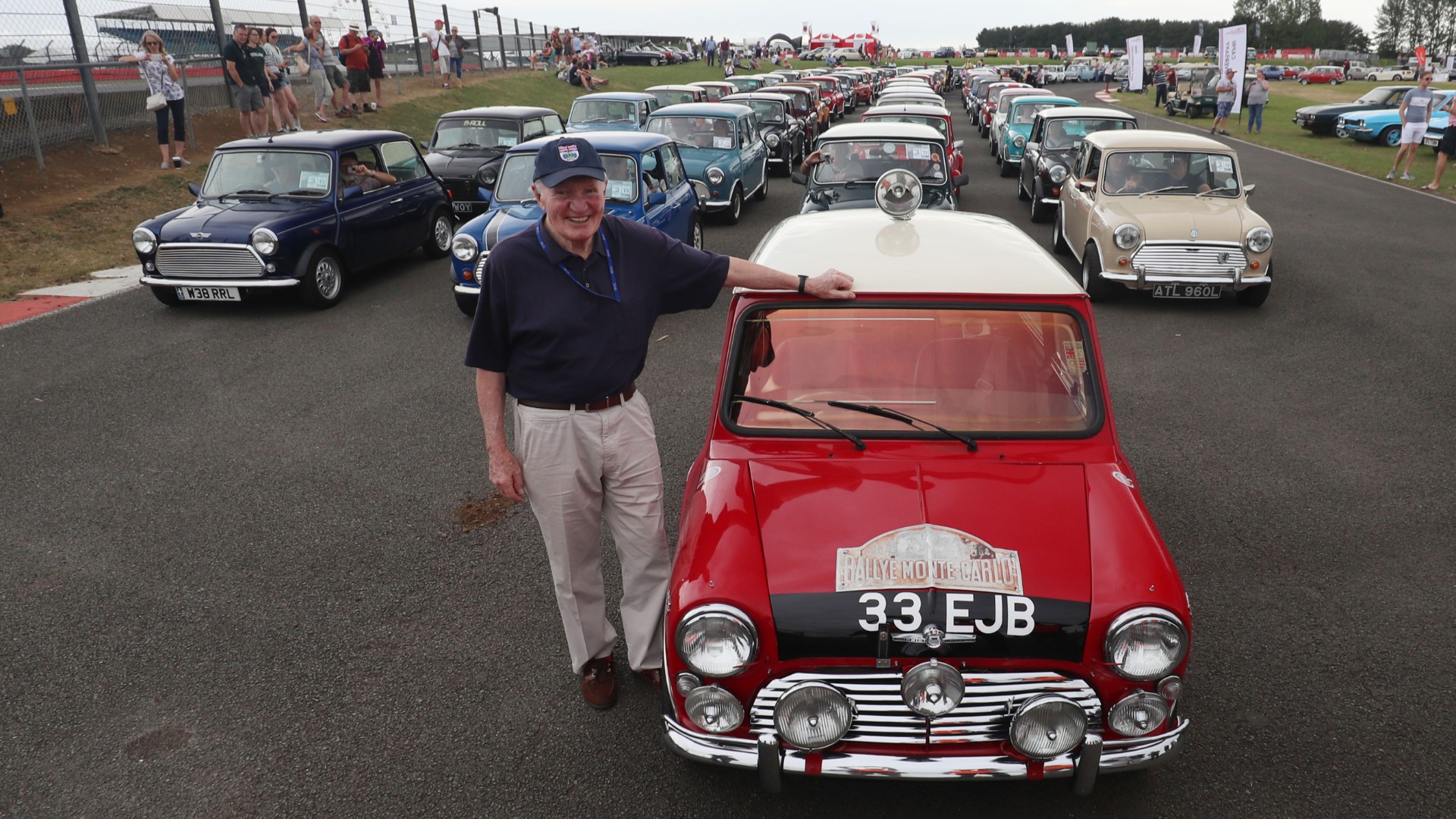
An enormous parade of original Minis took to the track for the Silverstone Classic historic race meeting. Minis of all ages, shapes and sizes (of which there are many) made for an extraordinary display. Everything from the original 1959 car to the very last of the classic Minis sold in 2001 was welcome.
Paddy Hopkirk led the parade in his 1964 Monte Carlo Rally-winning Mini Cooper S, complete with rally-ready spotlights and its race number on the side. ‘33 EJB’ is a legend in the history of this iconic car.
A parade is all well and good, but this is Silverstone, and the Silverstone Classic is a race meeting. So it’d be rude to not have races dedicated to the Mini. Thankfully, the organisers thought so, too.
The right car at the right time
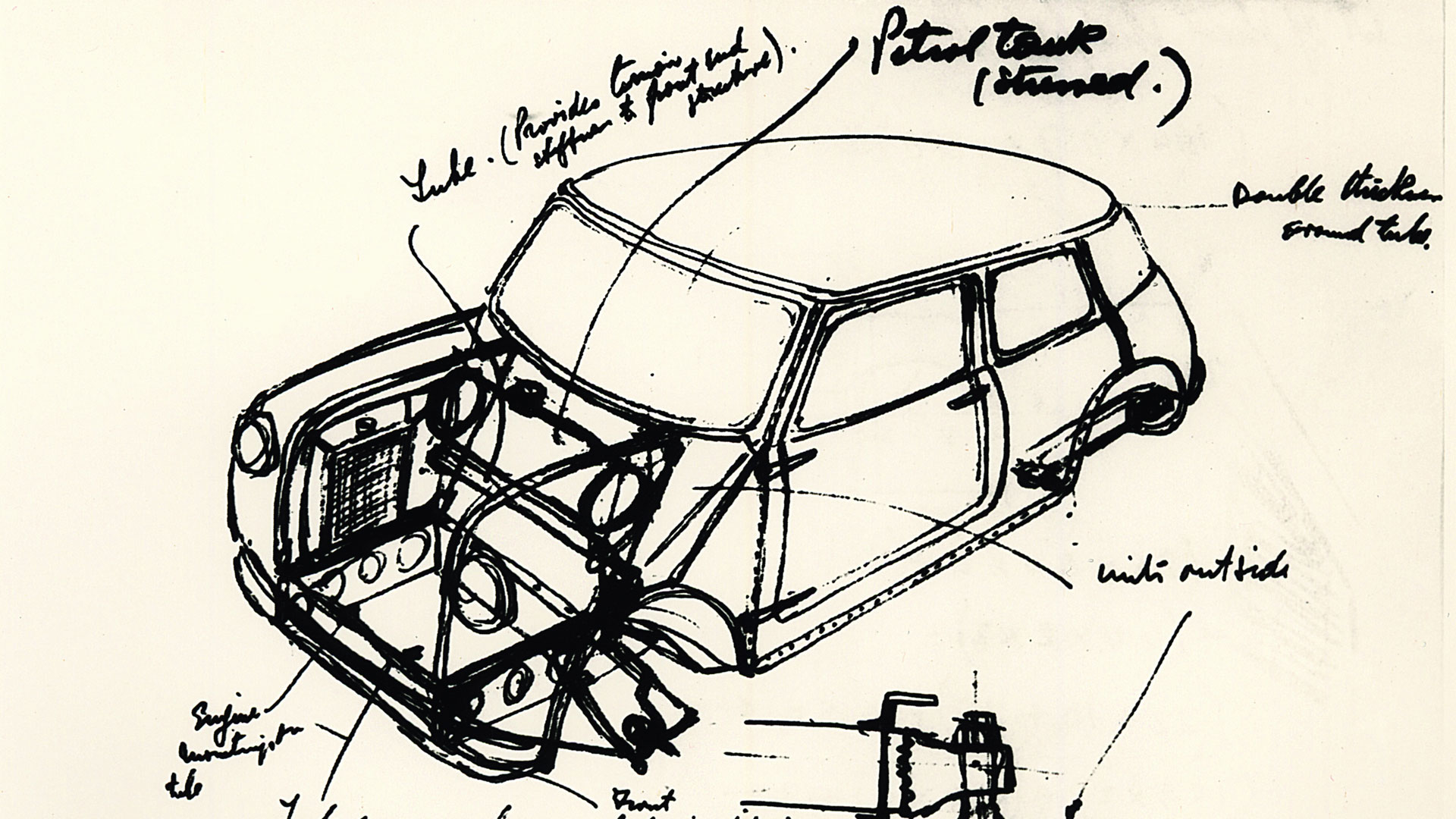
Onto the story of the Mini itself… Petrol was in short supply in the mid-1950s, with the government introducing fuel rationing in the wake of the Suez Crisis. It had a devastating effect on the car industry, with Ford and Vauxhall cutting production, the cost of petrol soaring, and garages closing. It focused the minds of the British public, with sales of 1,000cc cars rocketing in the wake of the crisis. German bubble cars started to arrive in Britain, with motorists won over by the promise of 40mpg and lower running costs.
‘A proper small car’
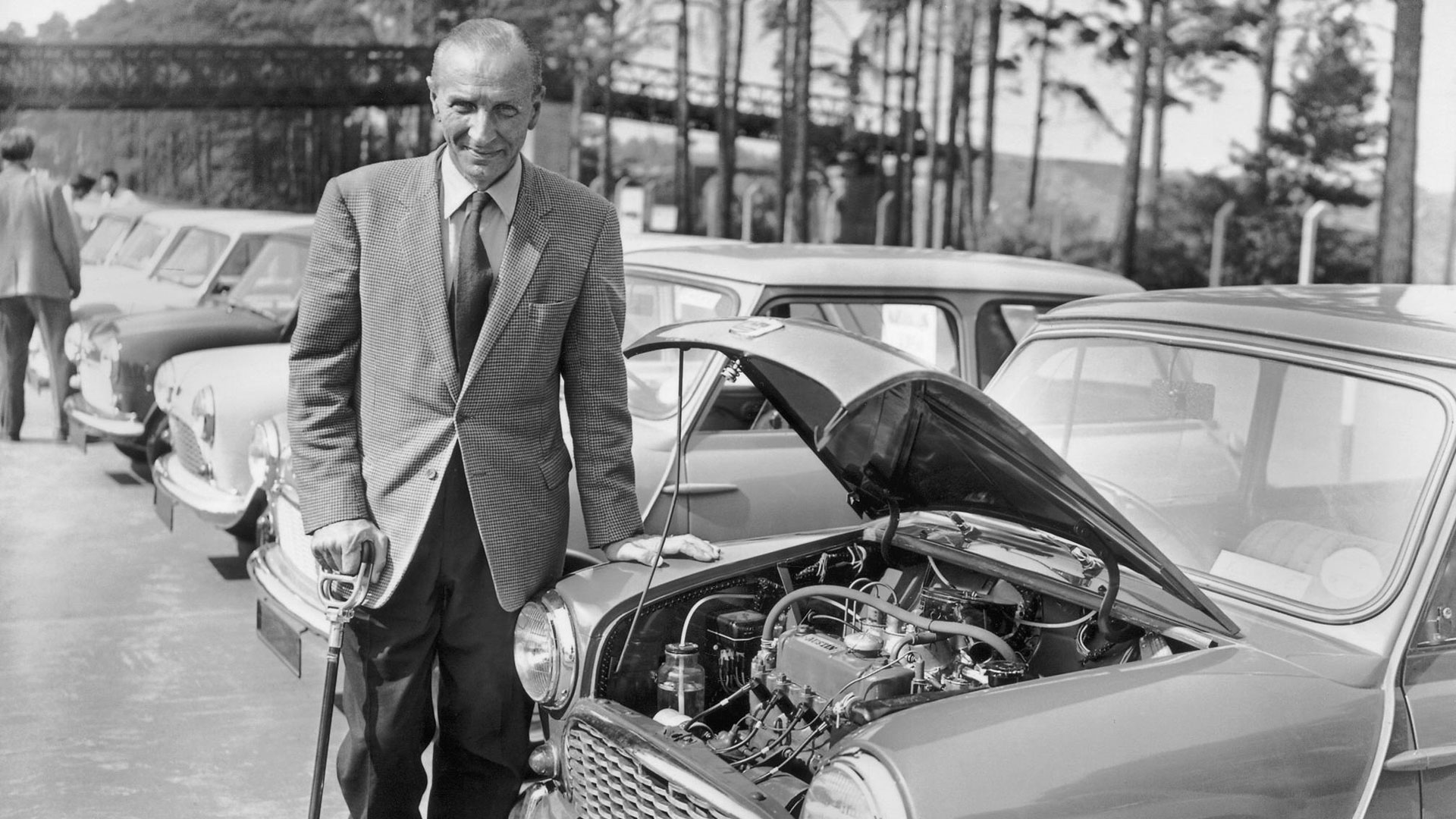
Leonard Lord, the top man at the British Motor Corporation (BMC) wasn’t a fan of the bubble car. “God damn these bloody awful bubble cars. We must drive them off the streets by designing a proper small car,” he declared. His response was to invite Alec Issigonis, the genius behind the Morris Minor, back to the company to work on project XC9003, later renamed ADO15.
‘Wizardry on wheels!’
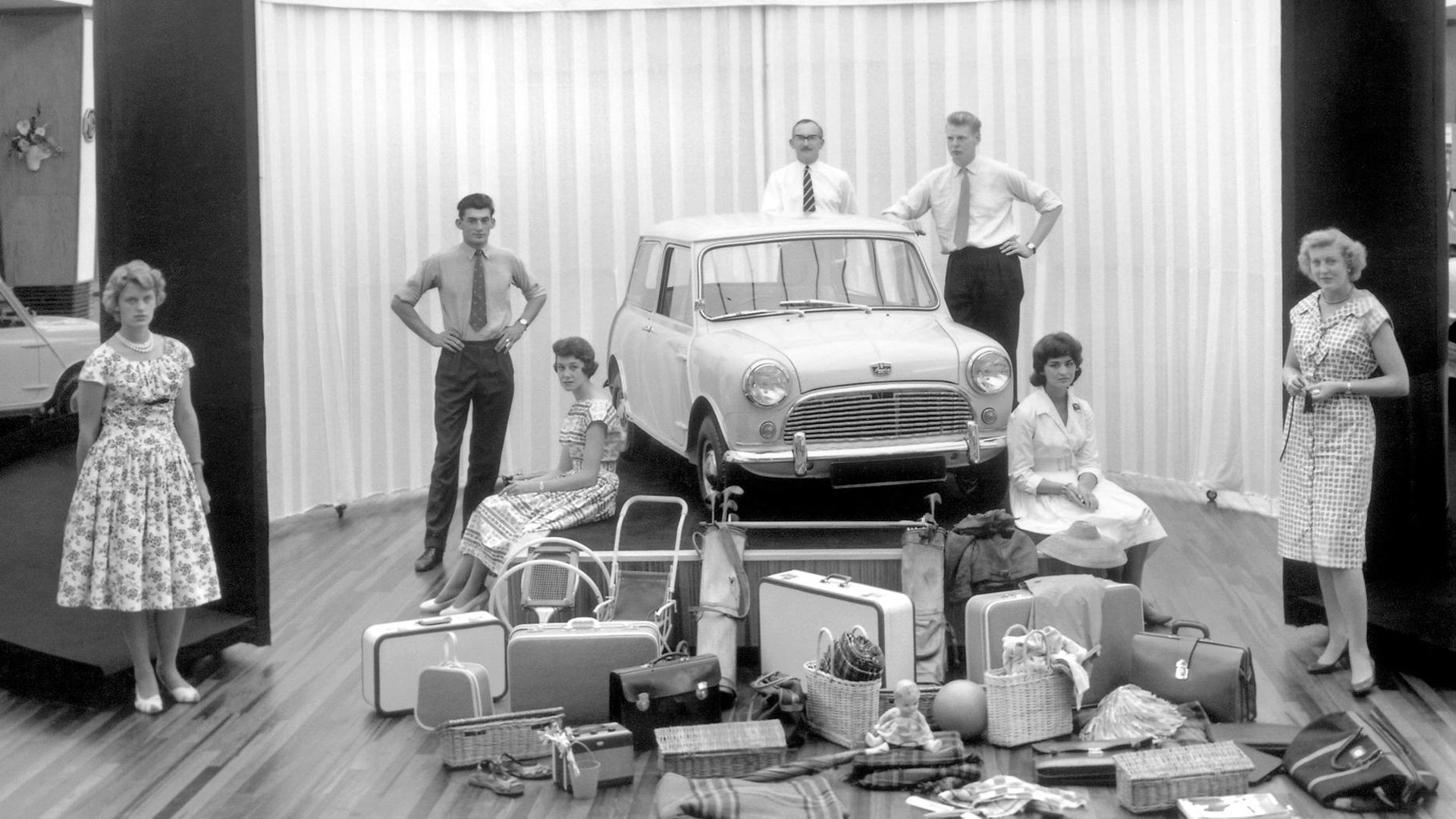
‘Wizardry on wheels!’ blazoned the original press ads, but the headline was more just ad-man hyperbole. Issigonis and his team somehow managed to squeeze space for four adults and their luggage into a car extending to just 10 feet bumper-to-bumper, thanks in no small part to the decision to mount the engine transversely. This, coupled with the in-sump gearbox, meant that the cabin was left with a huge amount of space – as much as 80 percent of the floorpan could be used for seats and luggage.
Martini: shaken, not stirred
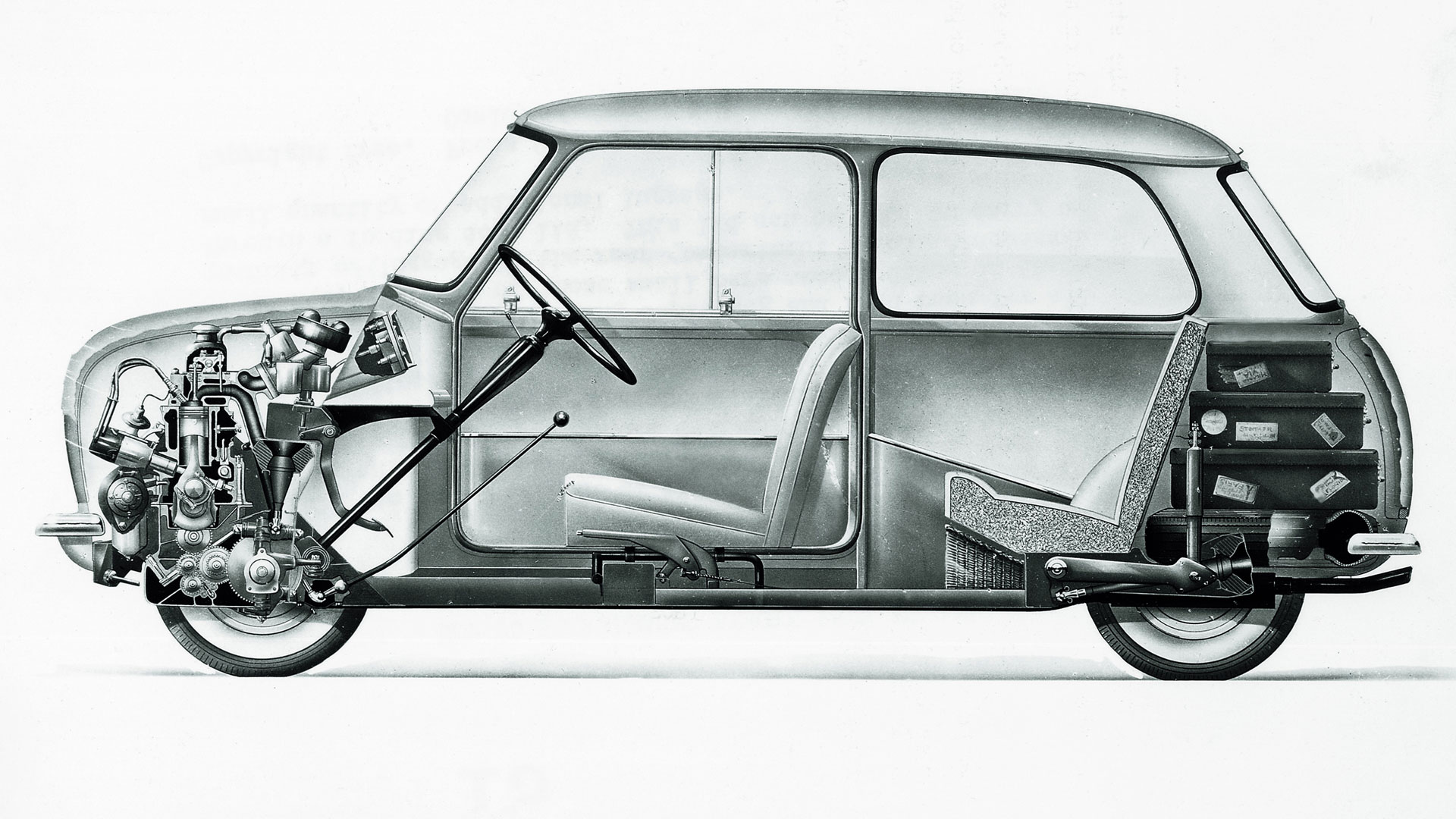
The team led by Issigonis left no stone unturned in the pursuit of space maximisation. Seats were laid out on the factory floor, with people of all shapes and sizes invited to sit on them. The designers also measured how much space was required to open a map and the size of pocket needed to house the map when it wasn’t in use. John Sheppard was the man credited with many of the Mini’s ingenious features, which famously included door bins large enough to carry the gin and vermouth bottles required for Issigonis’ dry martinis!
A-grade family car
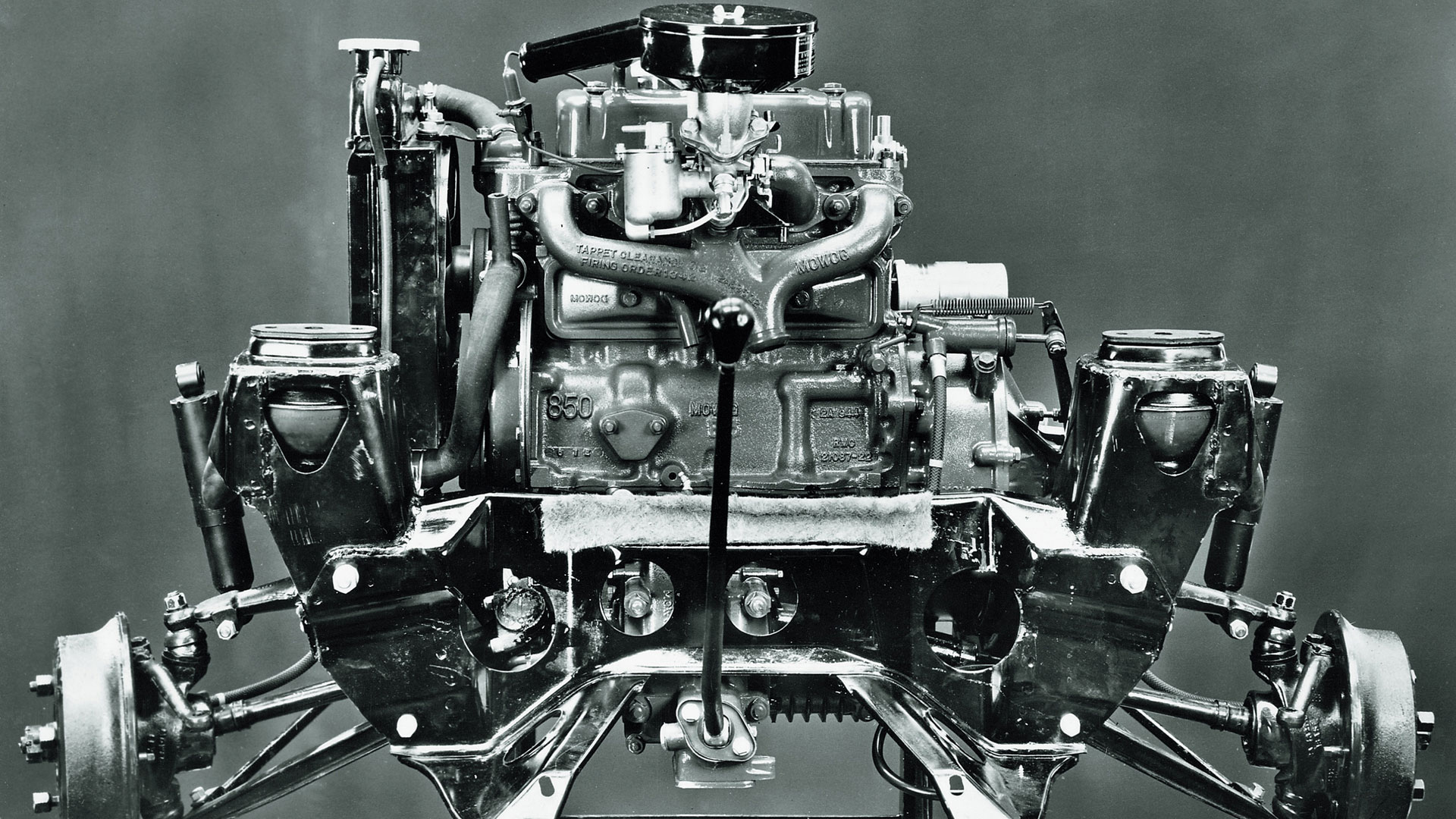
It might be a small car by today’s standards, but the Mini was more than up to the task of carrying four people and their luggage. Power was sourced from an 848cc A-Series four-cylinder unit, which was enough to deliver a speed of 70mph and up to 50mpg. As a genuine four-seater with excellent fuel economy and sector-leading dynamics, BMC had well and truly burst the German microcar bubble.
Cheap and cheerful
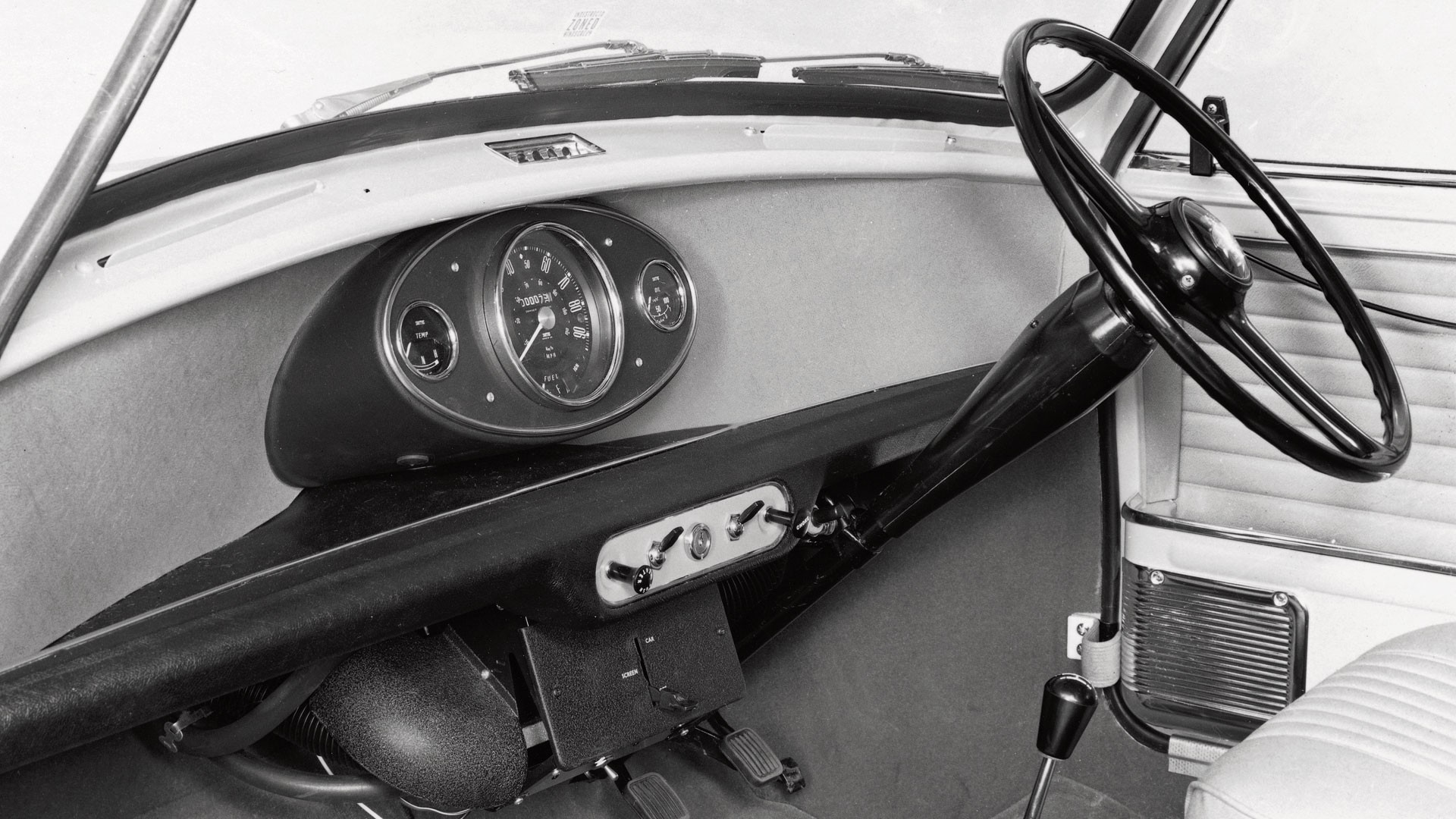
Following two-and-a-half years of development work, the Mini launched in 1959, with two versions available: the Austin Se7en and Morris Mini-Minor. It was cheap, probably too cheap, with the basic version costing just shy of £497 and the De Luxe model priced at £537. BMC was constantly plagued by reports and accusations that it was selling the Mini at a loss, with Ford stripping a Mini down to its bare shell to calculate how much of a hit BMC was taking. It claimed it would cost more than the price of the De Luxe model, which was about the same as the cost of building the more expensive Anglia. This image shows the dashboard of a Mini Mk2.
An instant success
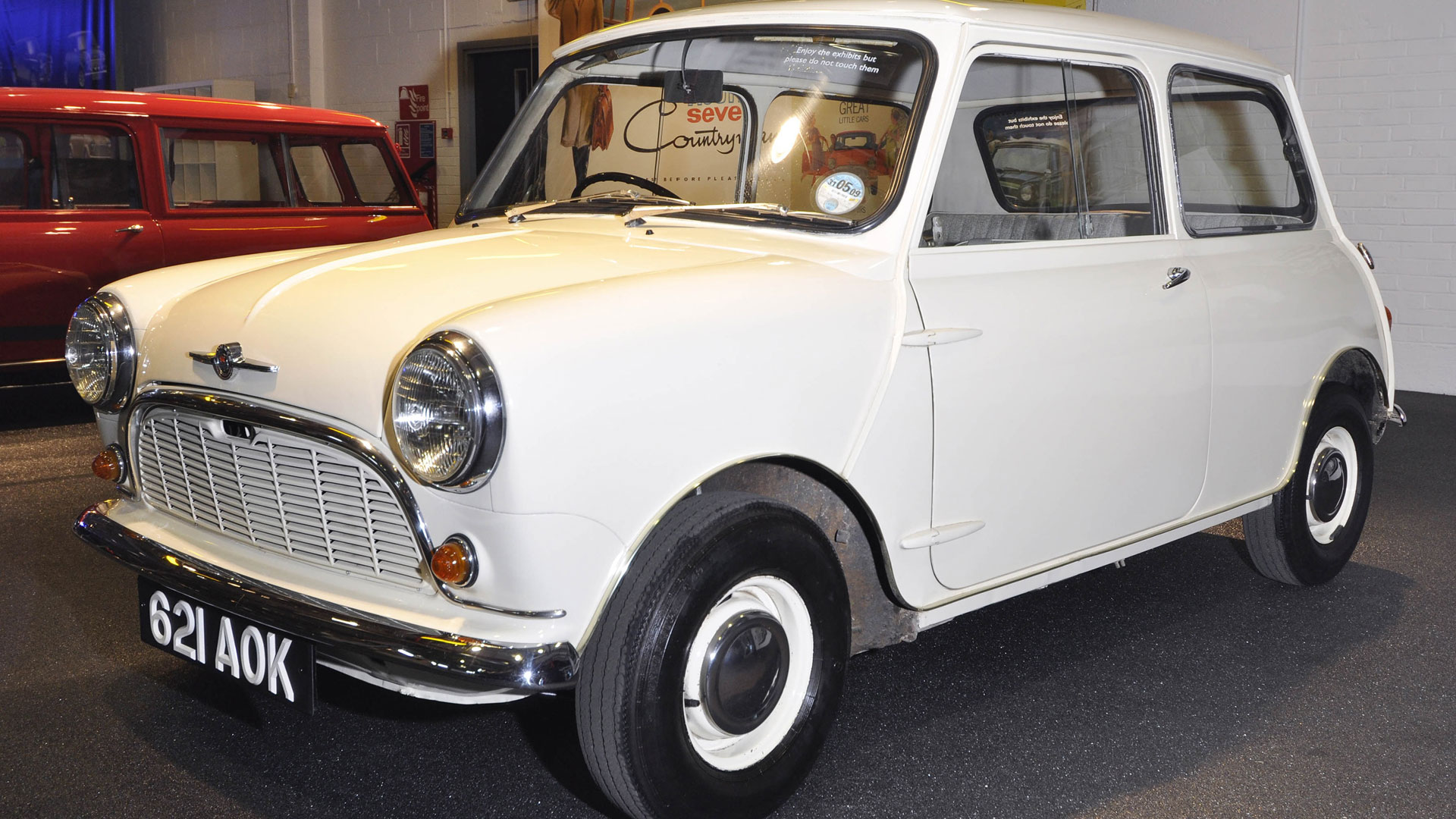
Not that BMC was too concerned. Even if the Mini was a loss-making exercise, it was capturing the imagination of the press and the motoring public. In 1959, it was BMC’s best-selling model, although some blue-collar motorists felt that it was too small to be a true family car. This was an era when bigger meant better in the eyes of the typical car buyer. There were also one or two teething problems.
Soggy feet and musty smells
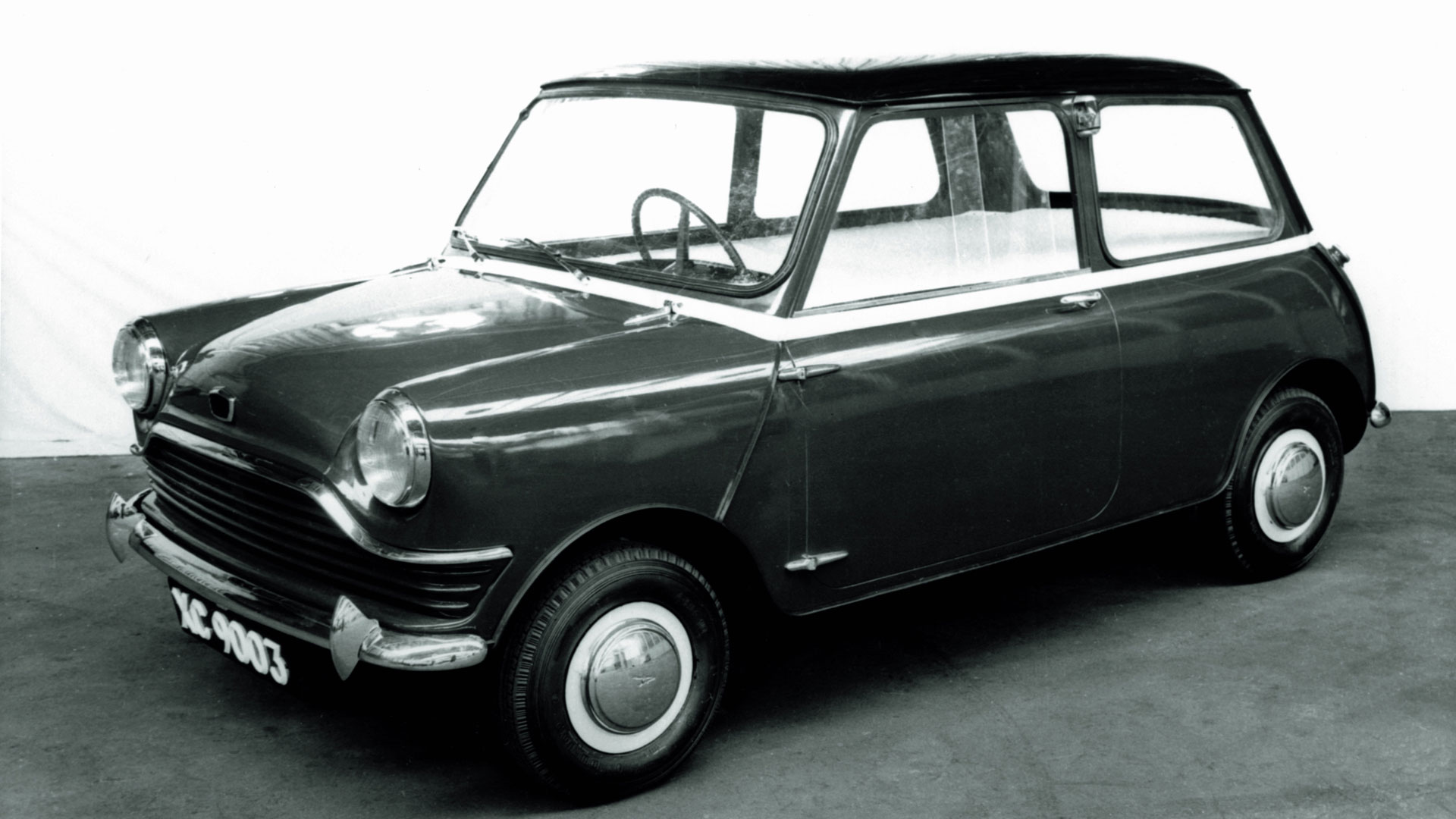
Thanks to the use of rose-tinted glasses, it’s easy to fall into the trap of believing the Mini was perfect straight out of the box. But that was far from the case, with the early cars suffering from water ingress, leading to squelching carpets, a wet floor-mounted starter switch and musty smells. A reinforced box sill solved the problem, but not before 8,000 cars had to be recalled. Other complaints included the ride quality, uncomfortable seats over long distances and internal oil leaks. It’s fair to say that BMC adopted a policy of continuous improvements. This image shows a pre-production model.
A classless car
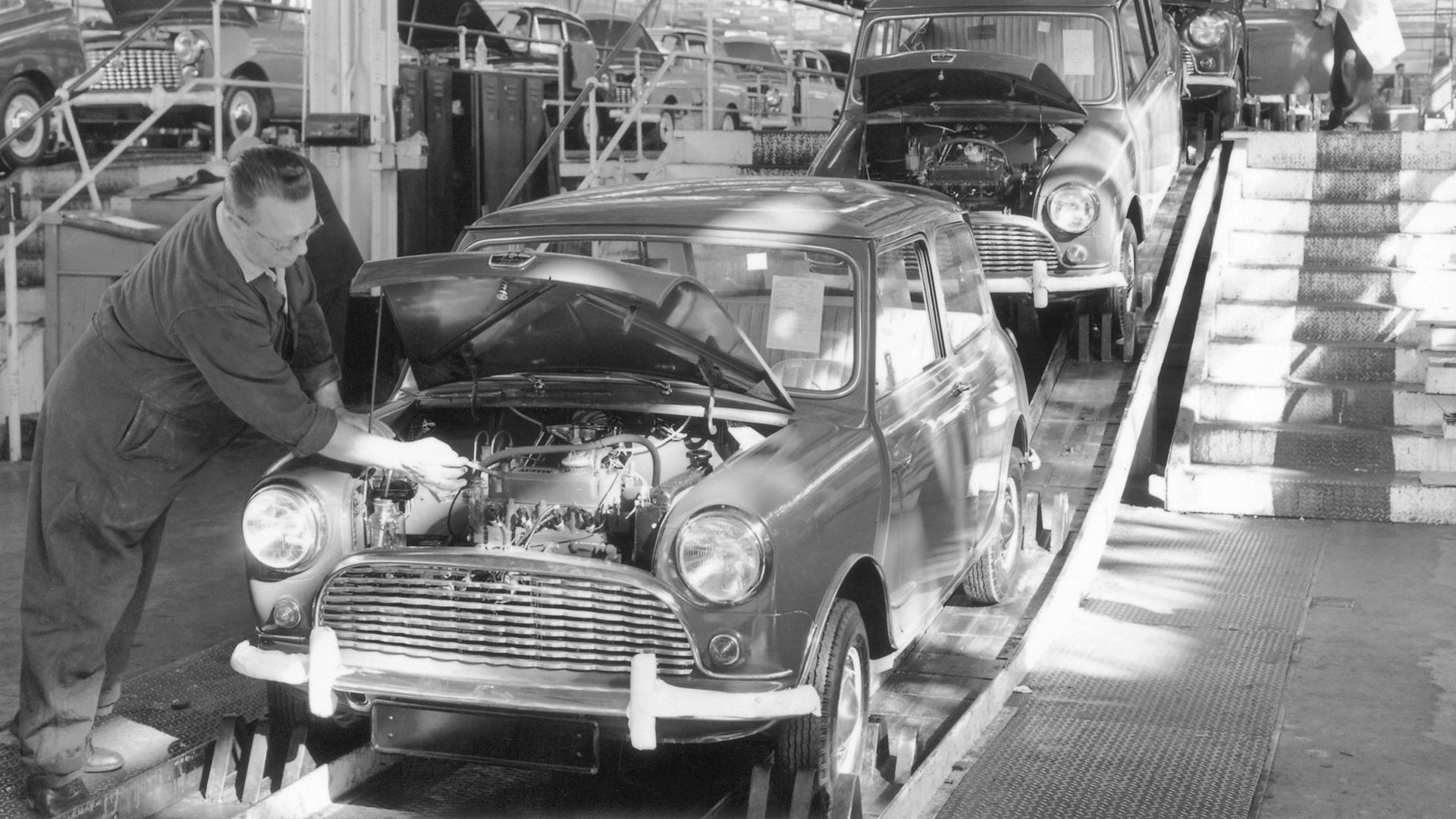
By the end of the year, just shy of 200,000 cars had rolled out of the factory in Cowley, with the Mini on course to becoming a national treasure. Soon, everyone from nuns to models and nurses to celebrities were getting behind the wheel of the British sensation. Steve McQueen, Twiggy, Enzo Ferrari, King Hussein of Jordan and every member of the Beatles are just some of the famous names to have owned a Mini.
Van-tastic Mini
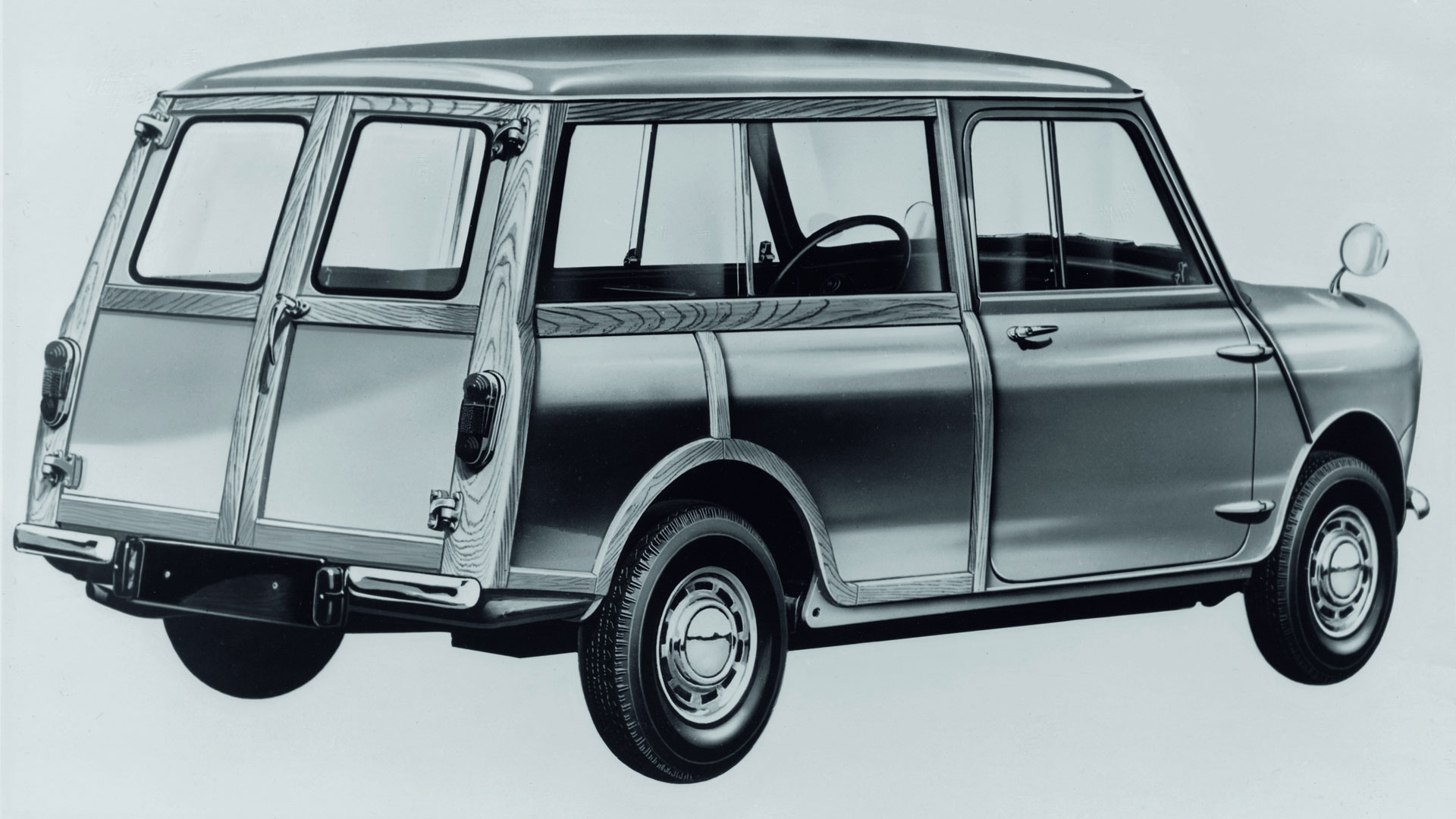
In early 1960, the first Minivan arrived, swiftly followed by an estate version. The estate – badged as the Austin Seven Countryman and Morris Mini Traveller – was essentially a van with rear windows, timber cladding, a slightly raised body and twin doors at the back. It was cheaper than the Austin A40 Countryman and Morris Minor 1000 Traveller. A year later, the first Mini Pickup hit the streets.
Mini saloons
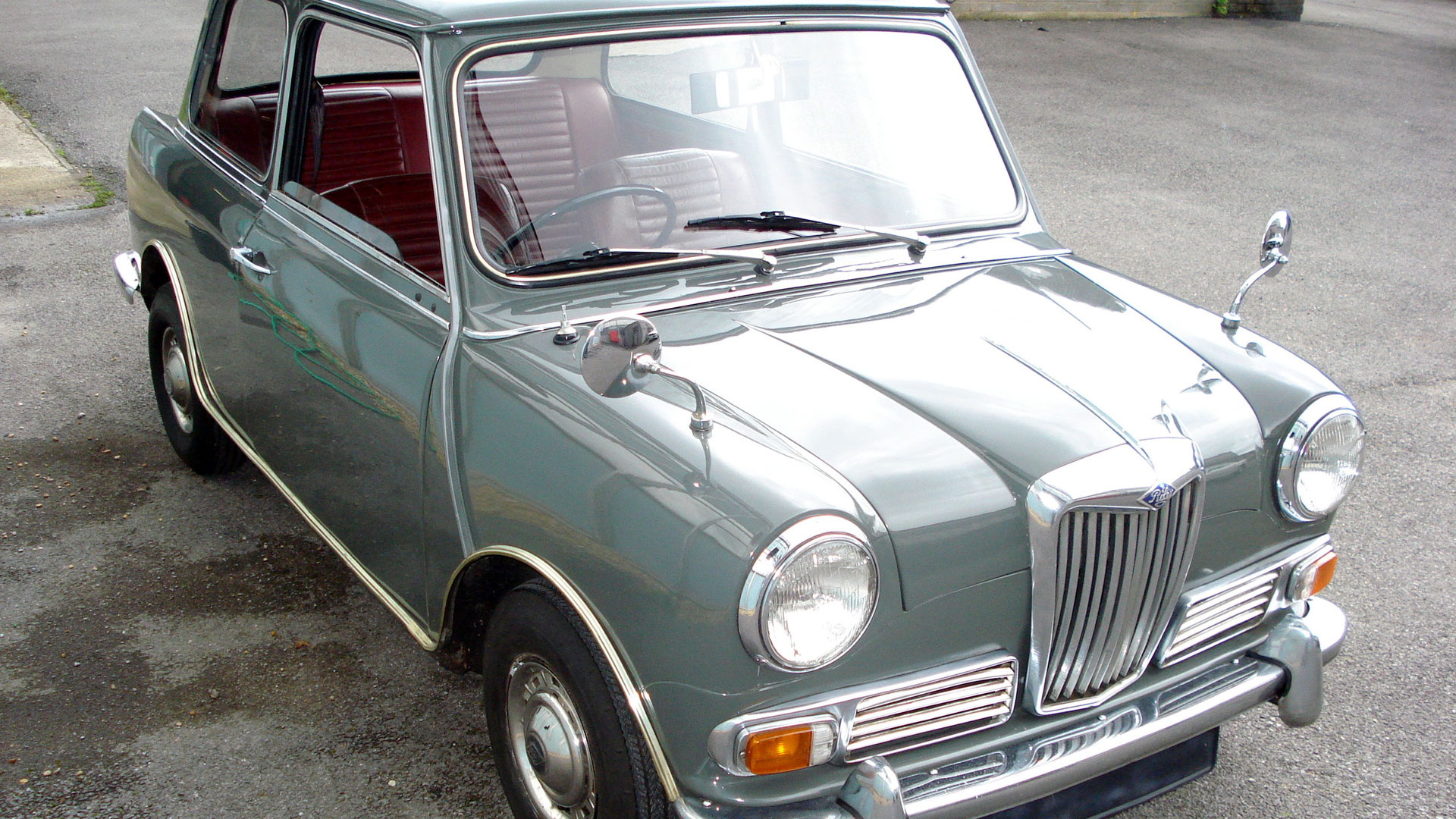
Also in 1961, BMC launched a more upmarket version of the Mini, again produced in two badge-engineered versions – the Wolseley Hornet and Riley Elf. Originally priced at £672 and £694 respectively, these three-box variants lived on until 1969.
The Cooper
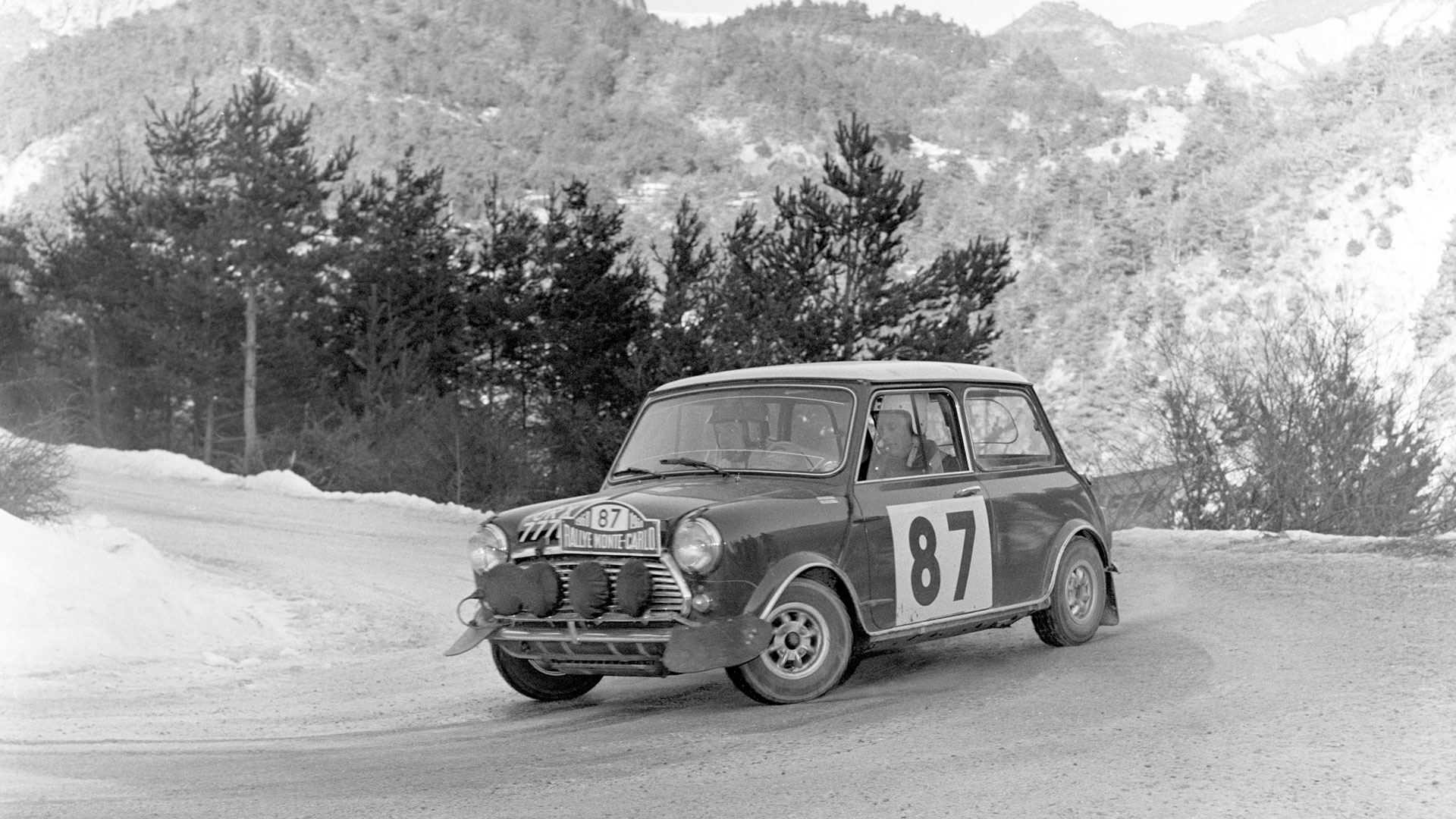
While the Mini was good to drive, it was no performance car. Not that this stopped John Cooper dreaming of a Mini with a little more bite. His friend, Alec Issigonis, was always against the idea, but undeterred, Cooper approached BMC’s MD George Harriman with a prototype and was given the green light to build 1,000 cars. Neither could have had any idea what a success story they had on their hands.
Monte Carlo or best
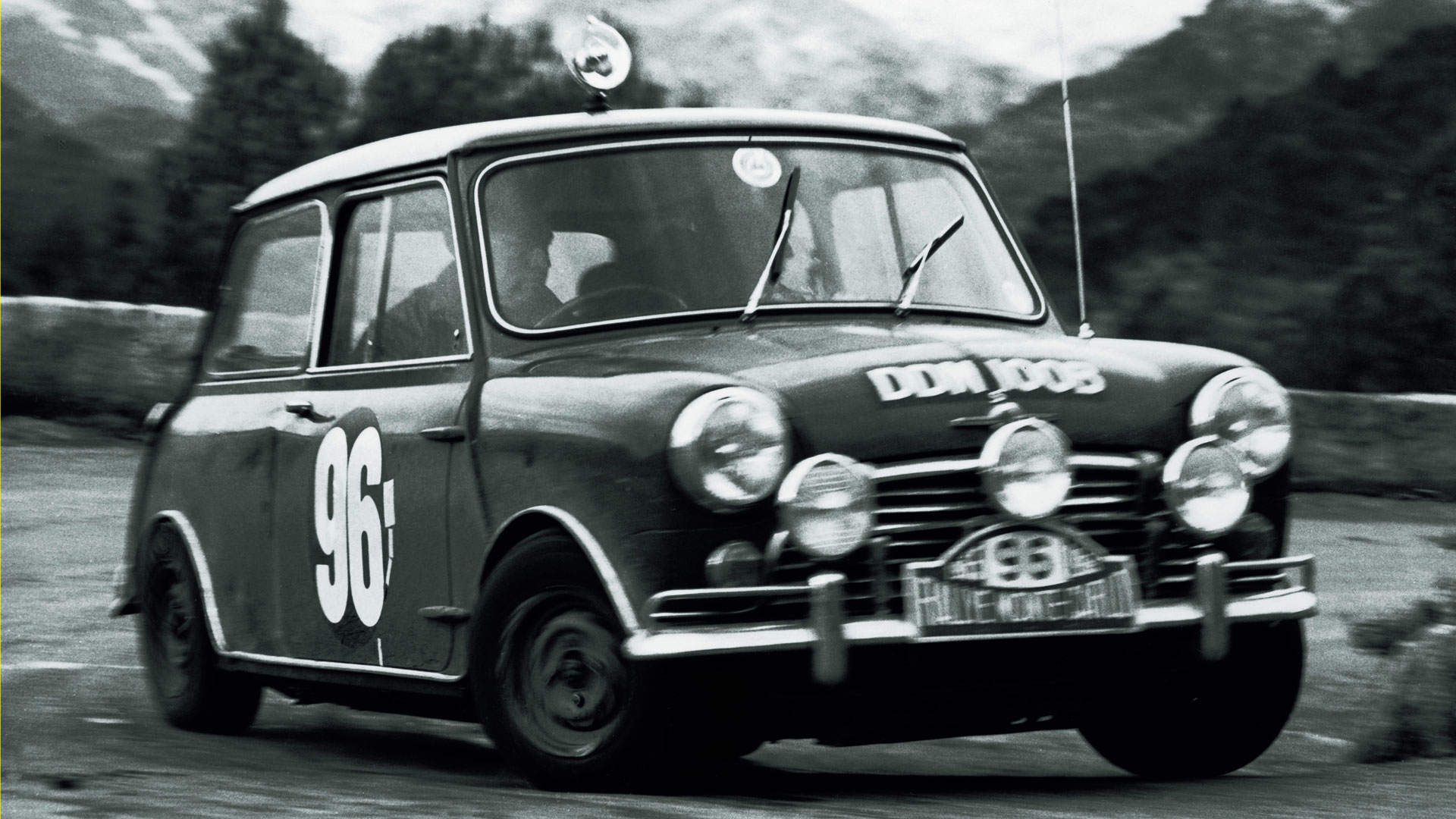
In its original guise, the Mini Cooper was powered by a 997cc engine fitted with twin SU carburettors, which was enough to deliver a top speed of 85mph. In 1963, the 1071cc Cooper S arrived, which was followed by 970S and 1275S versions produced for circuit racing. The Cooper S proved to be a formidable little racer, famously winning the Monte Carlo rally on three occasions.
Swinging Sixties
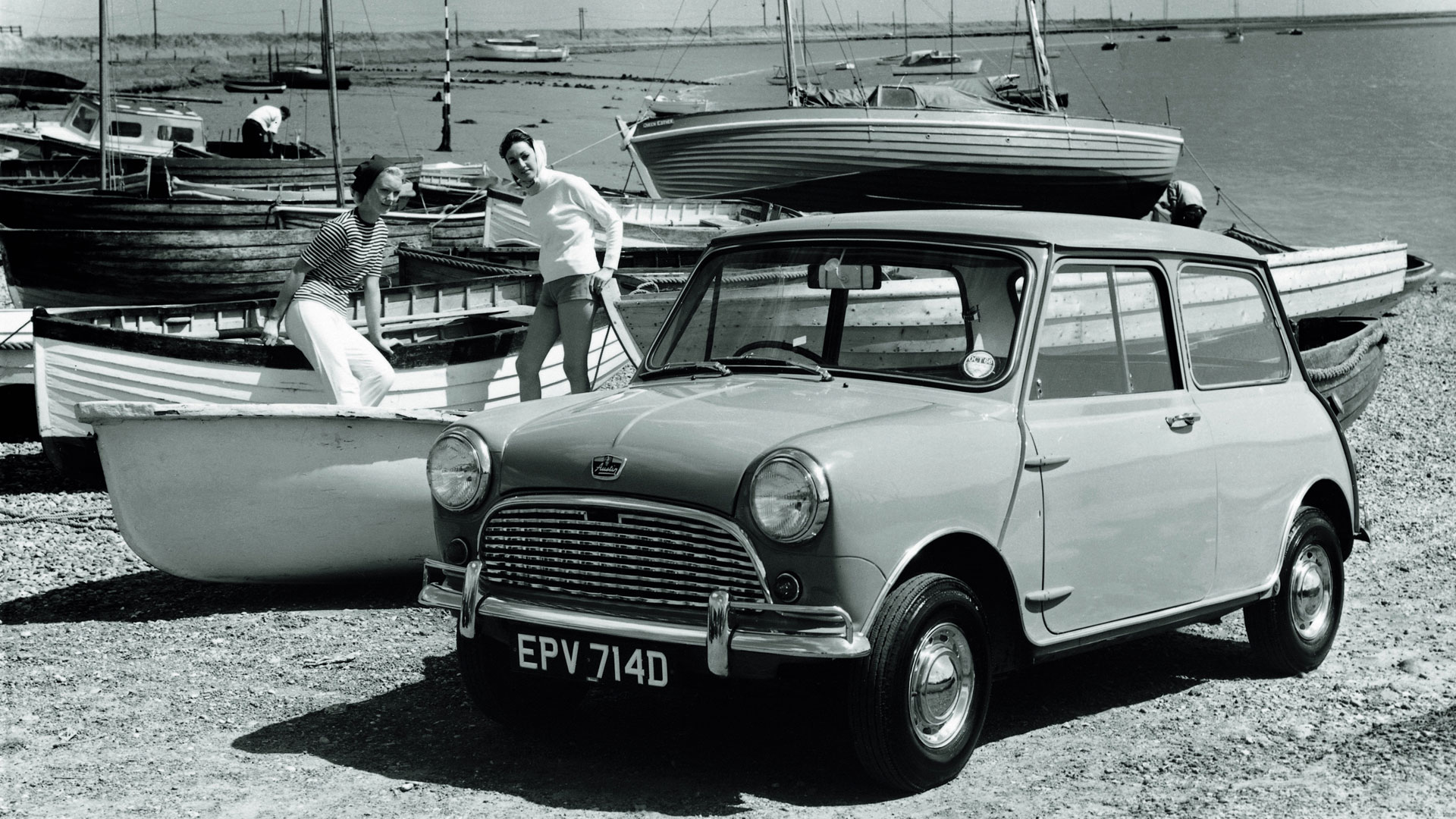
The Mini evolved throughout the 1960s. A Super version was introduced before being combined with the De Luxe to become the Mini Super De Luxe (pictured). Meanwhile, an estate version without the wood was added to the range, primarily for cost purposes. Other notable events include the dropping of the Seven name from the Austin version and the introduction of Hydrolastic suspension, which improved the ride quality but compromised the handling.
Mini Moke
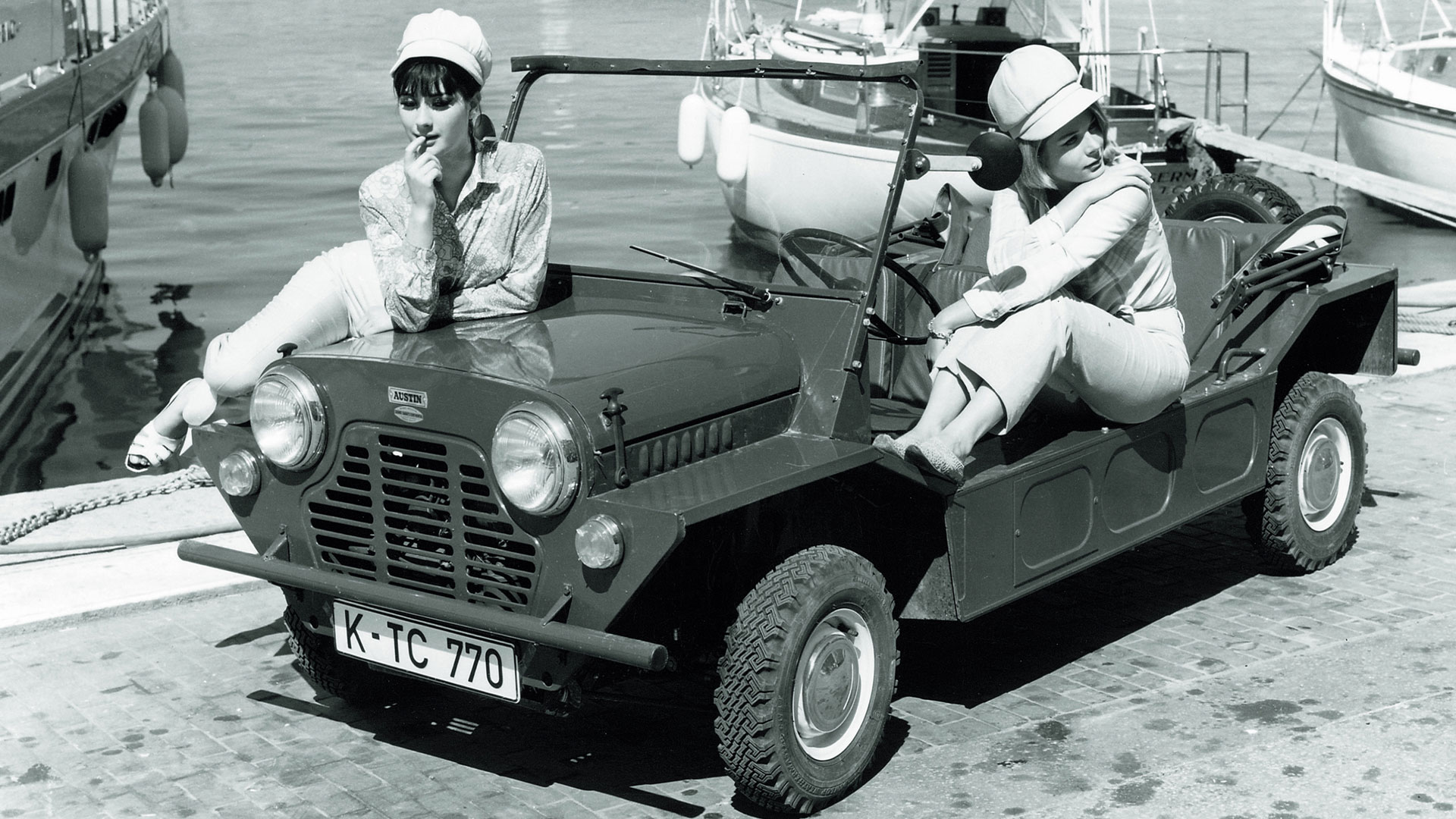
In 1964, BMC launched the Mini Moke. Designed by Alec Issigonis, the crude, uncomfortable, unsafe and tediously slow Moke was shunned by the armed forces and destined to spiral into obscurity. That was until it captured the hearts of the hip and trendy types of Carnaby Street. It became an unlikely global sensation, with thousands of Mokes exported to sunnier climes.
The Italian Job
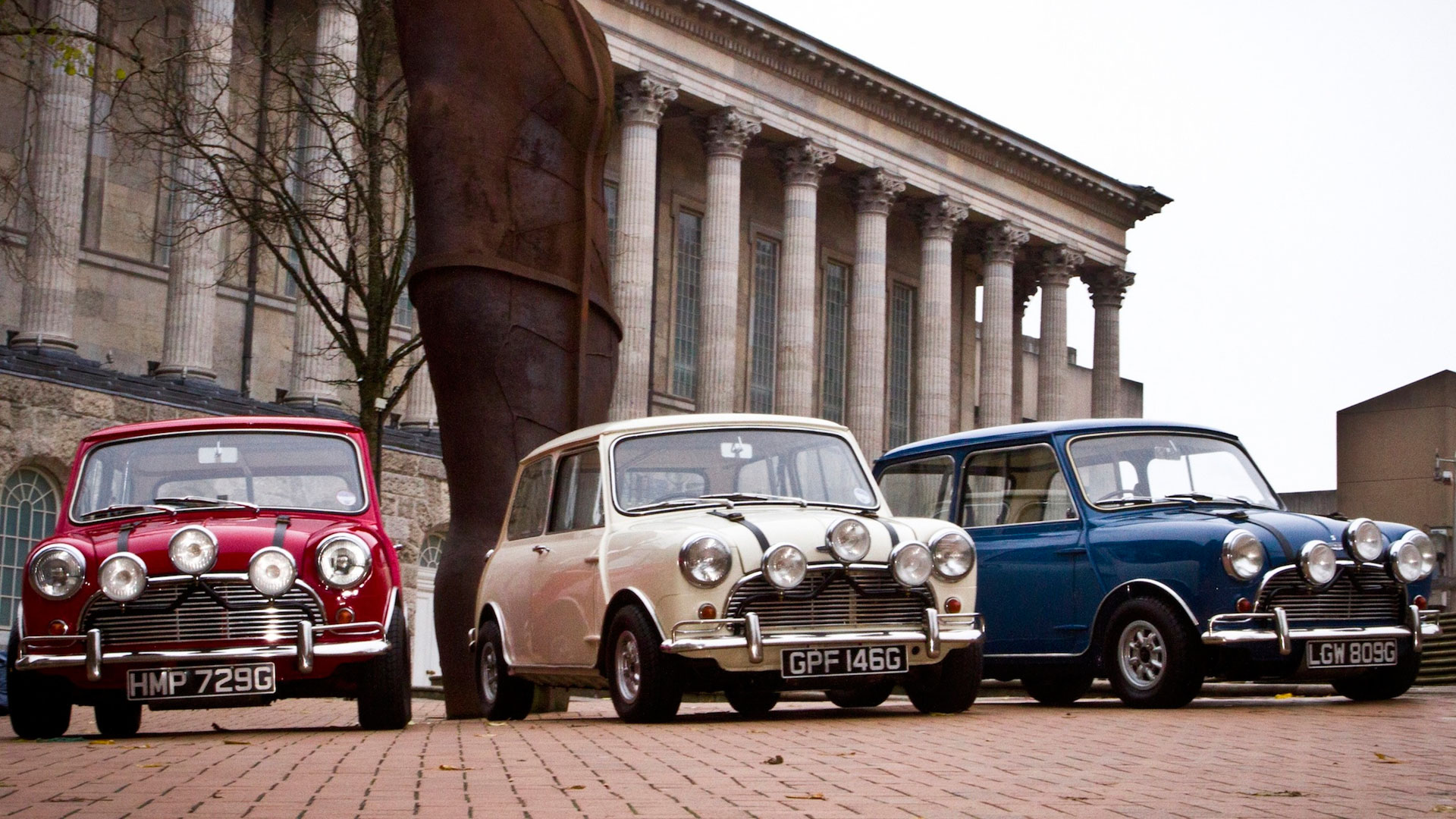
The first Mini automatic appeared in 1965, the same year in which the first licence-built Innocenti Mini Minor 850 rolled out of the factory in Italy. Production of the Spanish-built Authi 1275C began in 1968, seven years after Mini production had started in Australia. Britain had an international bright young thing on its hands, with the decade culminating in a starring role in The Italian Job film.
Mini milestones
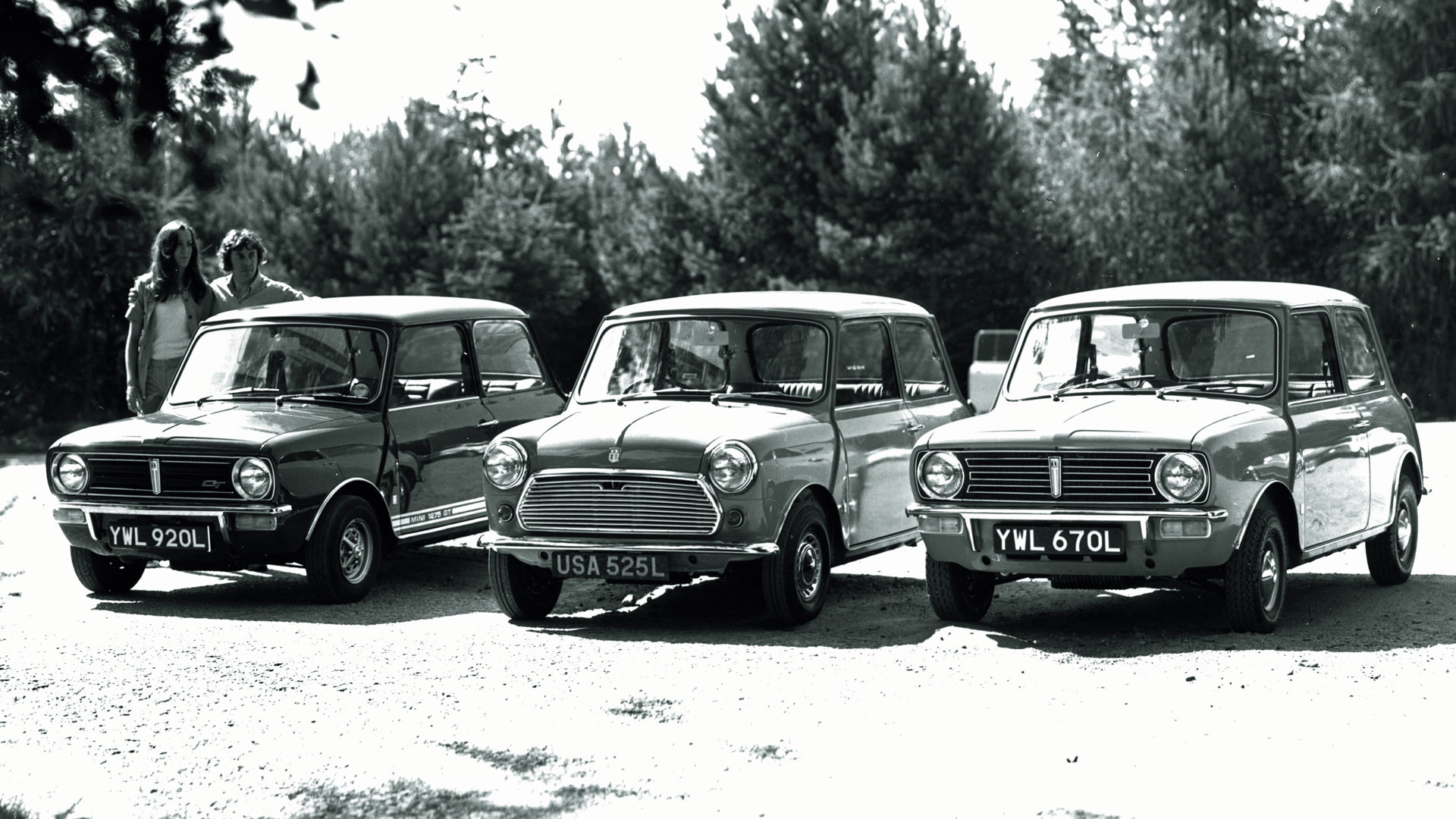
The Mini spent the 1960s chalking off major milestones. In 1962, BMC announced the production of Mini number 500,000, while the millionth Mini left the factory in 1965. Four years later, the second millionth Mini rolled off the line, making it the first British car to hit this milestone. Earlier, in 1967, the Mk2 versions had appeared, while the Clubman, which was very much a Mini for the 1970s, appeared in 1969.
Into the 1970s
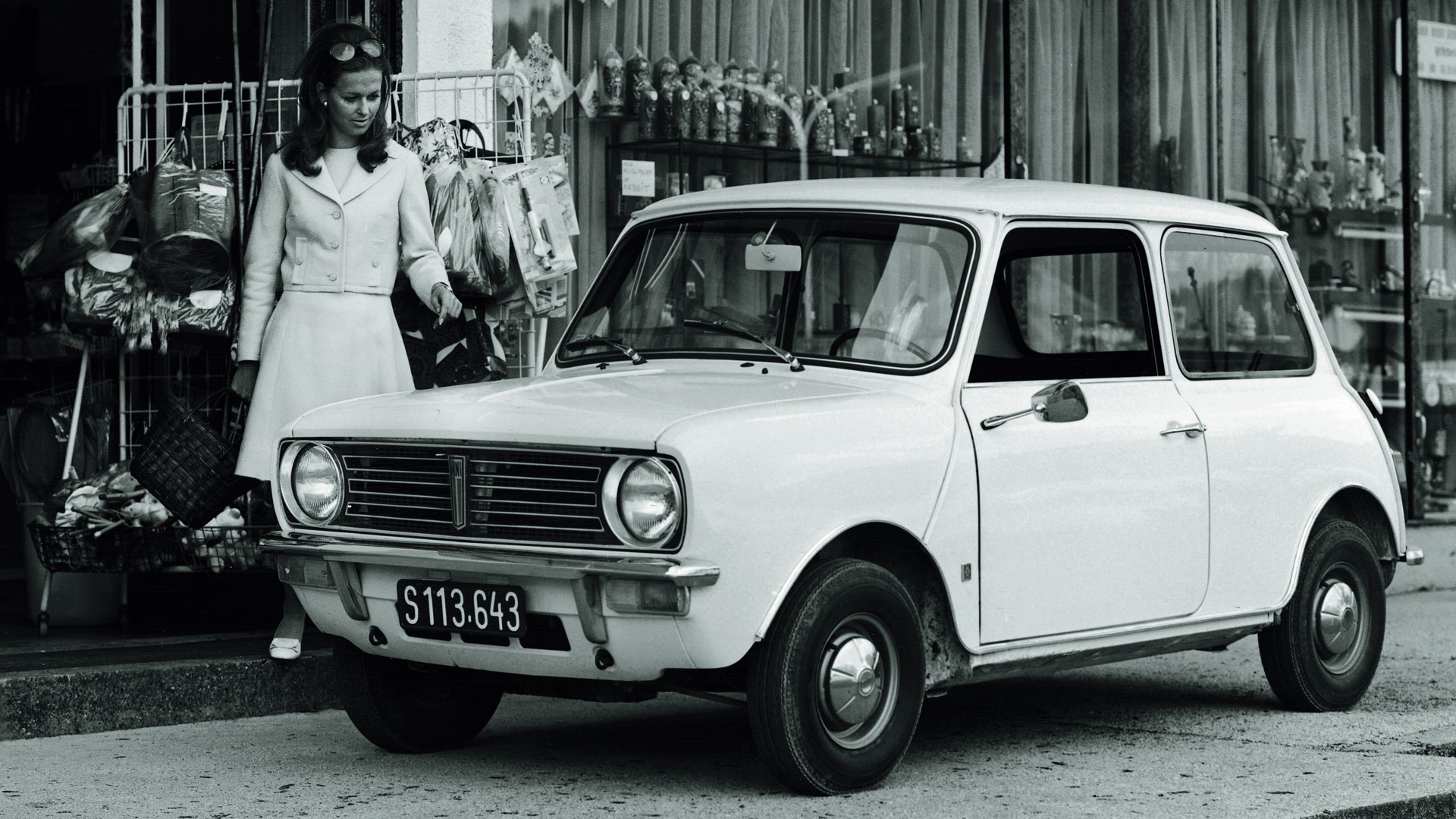
The Clubman, with a nose designed by Roy Haynes, was a little controversial, as was the decision to replace the 998cc Cooper with the 1275GT. The British Leyland Motor Corporation (BLMC), as it was now called, introduced a number of cost-saving measures, designed to improve profitability and reduce production time. It paid dividends, with a record 318,475 Minis produced in 1971.
Trouble and strife
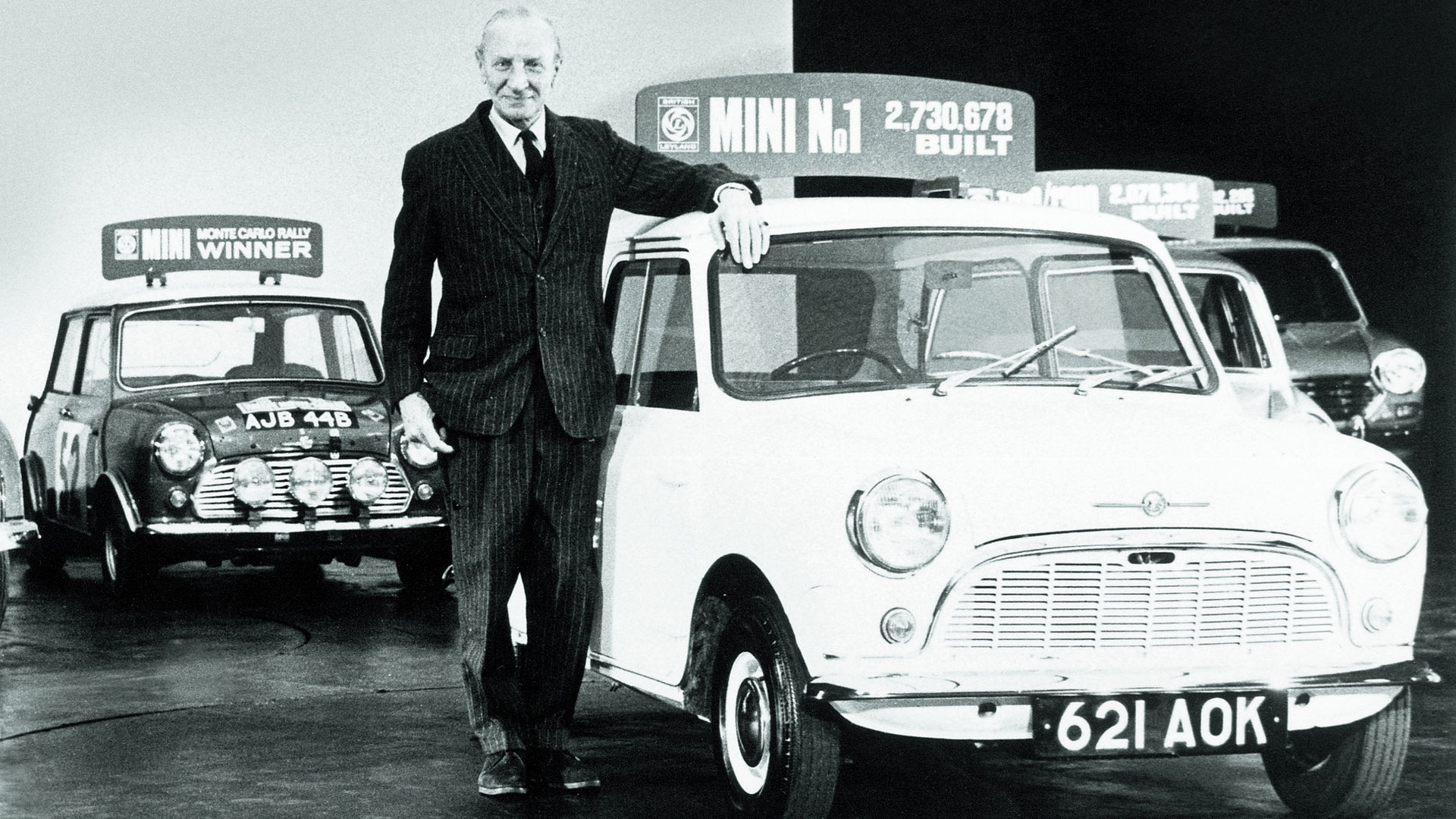
Like many British cars in the 1970s, the Mini was affected by strikes, industrial unrest and internal squabbles. But that didn’t stop the Mini from sailing past the three million mark in 1972, before hitting four million in 1976. It was even Britain’s best-selling car in February 1975. The 20th anniversary Mini 1100 Special was launched in 1979, while the Mini 850 was rechristened the Mini City. Here is Alec Issigonis pictured in the wake of the success at the 1965 Monte Carlo Rally.
Into the 1980s
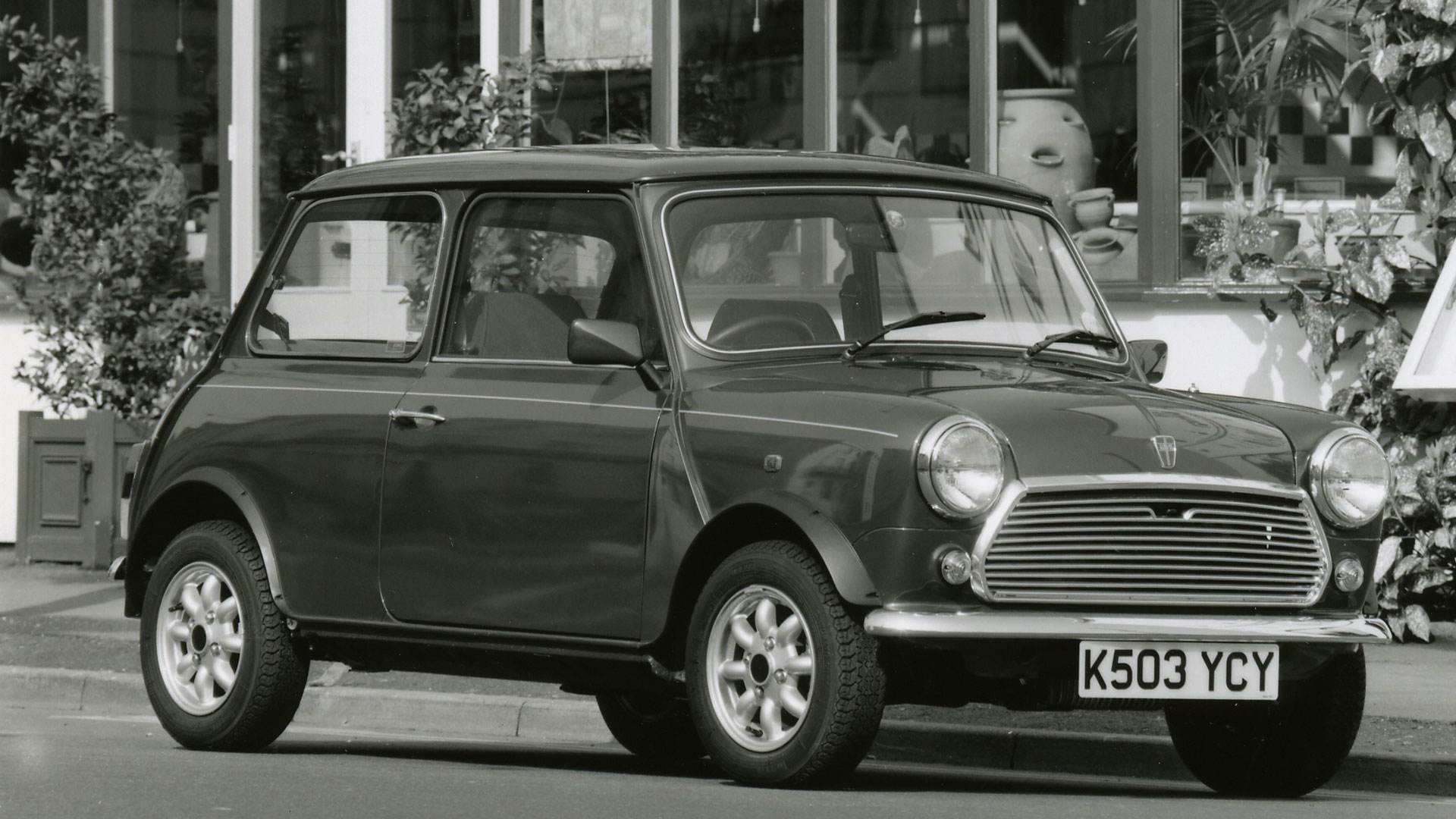
By rights, that should have signalled the end for the Mini. The Clubman and 1275GT were phased out in 1980 and the launch of the miniMetro could so easily have signed the death warrant for the little car. But although the Estate, Minivan and Pickup were all gone by 1983, the Mini wasn’t going down without a fight. The upmarket Mayfair (pictured in 1993) arrived in 1982, swiftly followed by the Mini 25, launched to celebrate the car’s 25th anniversary.
Minis have feelings too
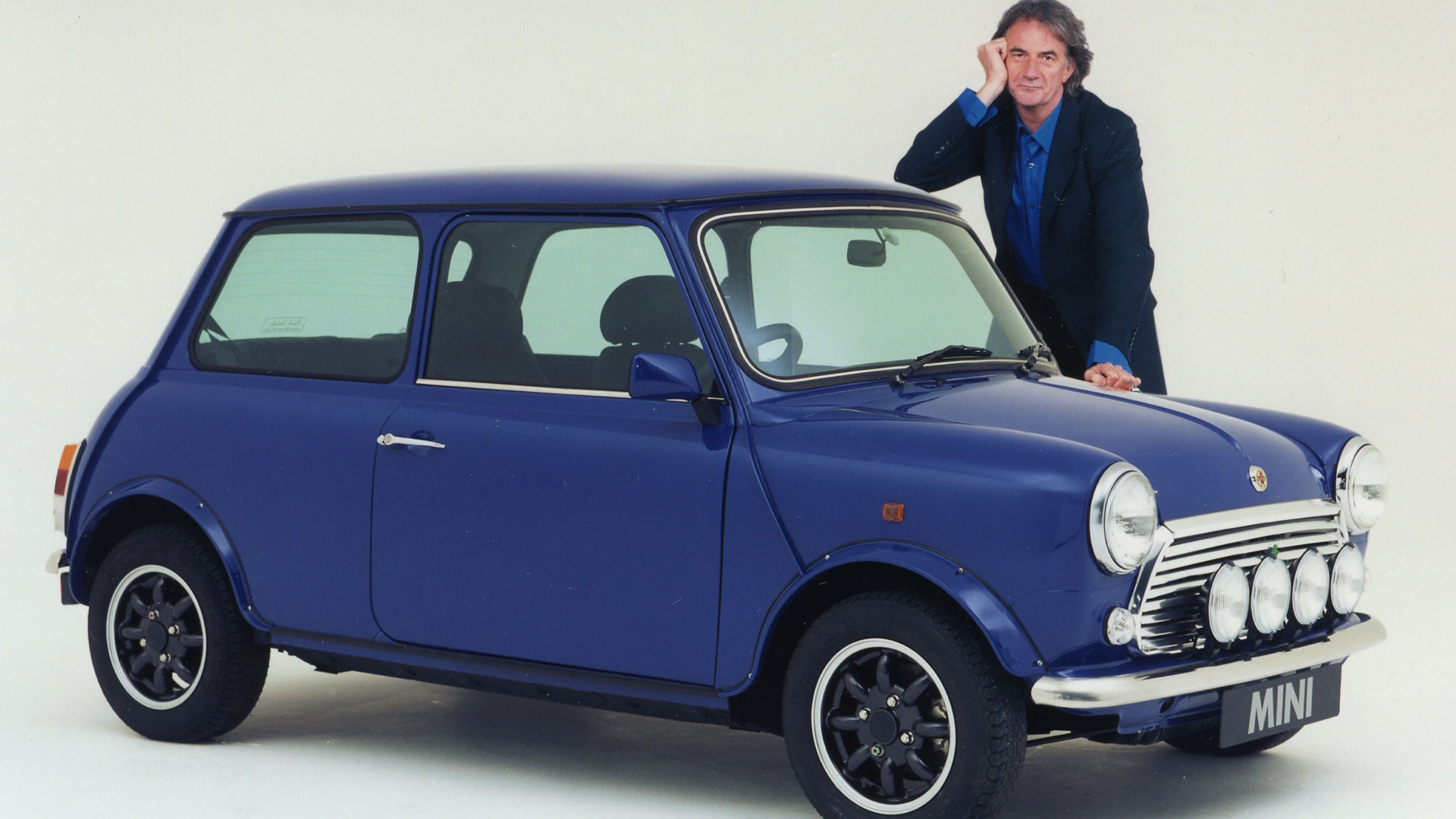
Against all the odds, just as the Mini was facing the axe, the company embarked on a memorable Christmas advertising campaign. The ‘Minis have feelings too’ advert of Christmas 1986 led to a sharp rise in sales, with city-dwelling women aged 20 to 39 finding the car hard to resist. A Mary Quant ‘Designer’ model was launched, along with Italian Job versions and a John Cooper performance kit. Far from bowing out as a budget motor, the Mini was majoring on nostalgia and style. Special editions would become the norm for the Mini – here is the Paul Smith edition from 1998.
The twilight years.
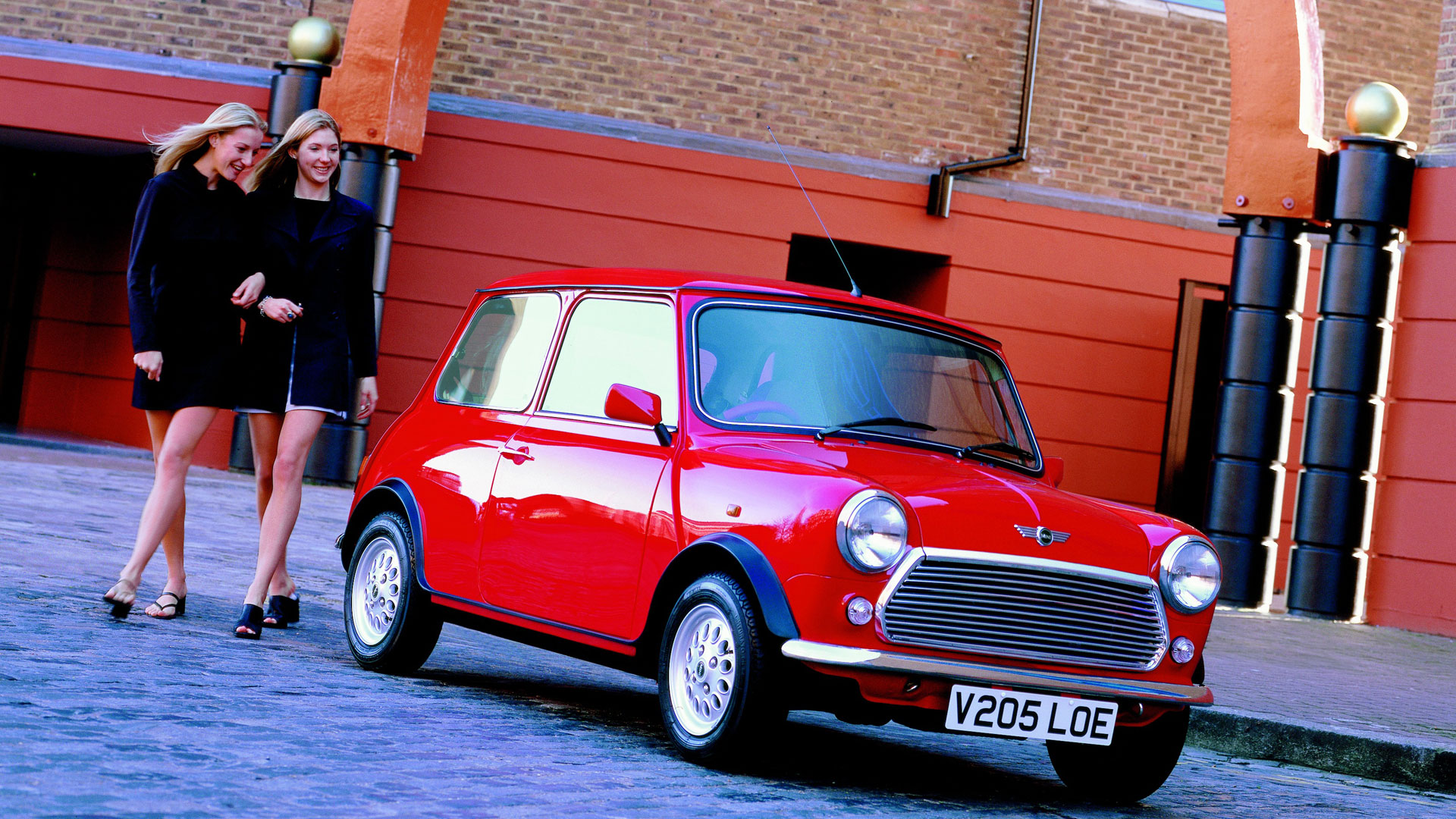
The Mini 30 arrived in 1989, while a Cooper limited edition, with powered sourced from the MG Metro’s 1275cc engine, debuted in 1990. A mainstream model soon followed, along with Cooper S and Seven (pictured) versions, plus a new Sprite base model. But the writing was on the wall when BMW bought the Rover Group in 1994. The German company promised to build a new Mini for the new millennium, but it would differ greatly from the outgoing model. The Mk7 of 1996 was the original Mini’s last hurrah.
You make me wanna shout
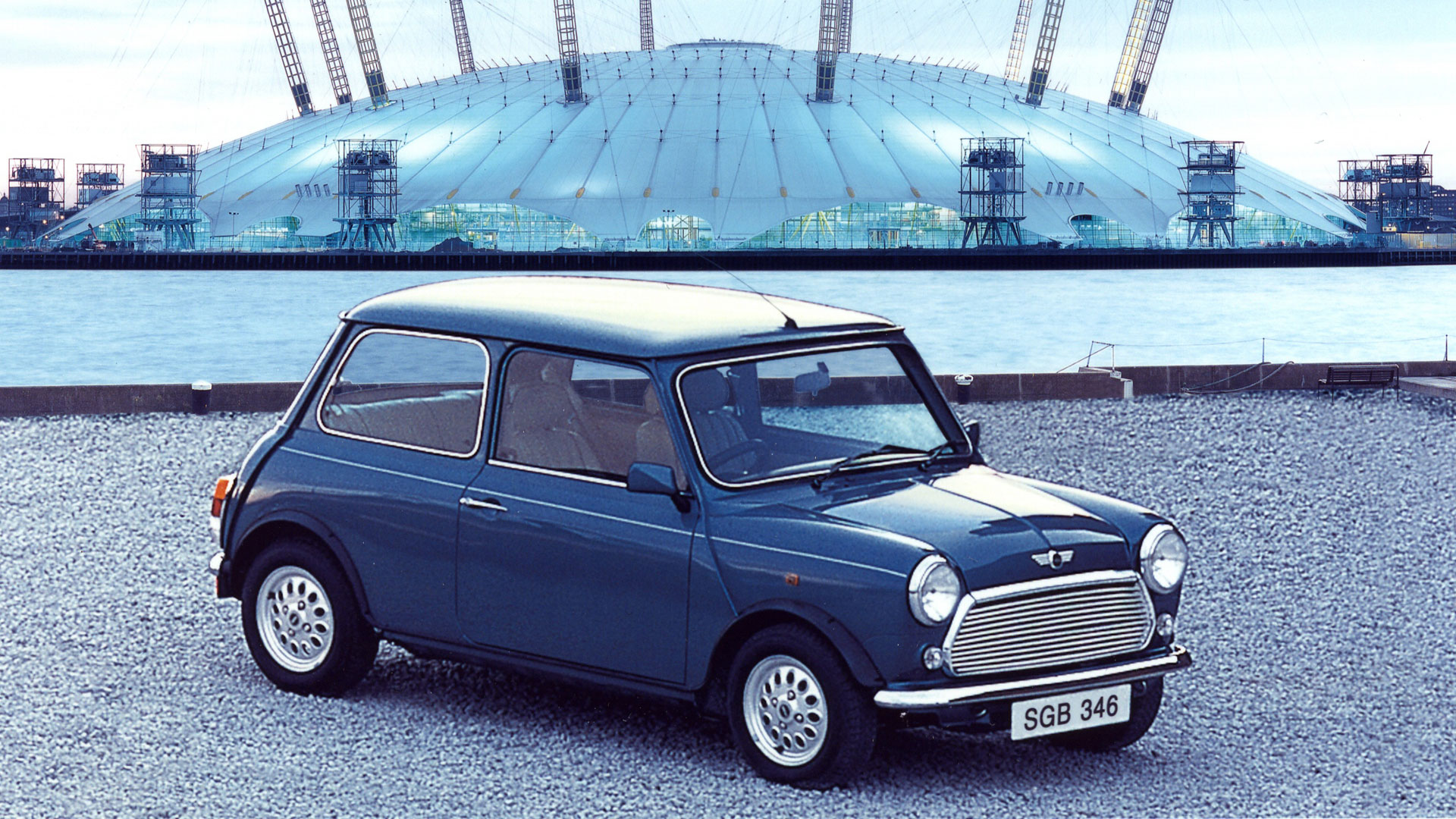
The final Mini was driven out of Longbridge on 1 October 2000, with Lulu and Twiggy in attendance to add a touch of nostalgic glamour. Twiggy’s first car was a Mini, with BMC building a car with dark purple paint and tinted windows especially for the model. Just a month earlier, a new era was unfolding, as the first new MINI (note the use of uppercase letters) was unveiled at the Paris Motor Show. The picture shows a late Mini with the Millennium Dome in the background.
The BMW MINI
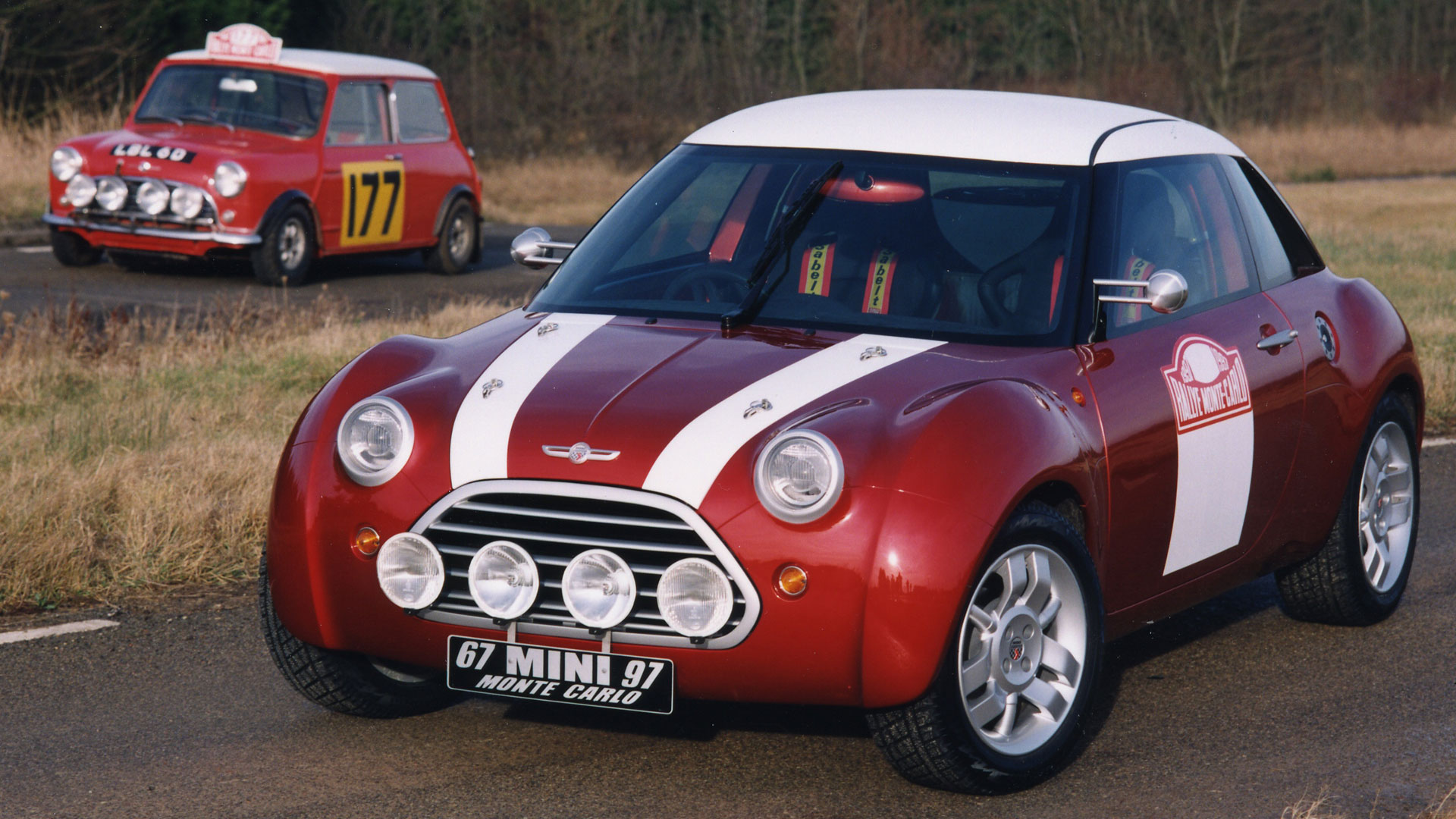
In 2000, BMW had cut its losses and sold the Rover Group to Phoenix Venture Holdings. Cleverly, the German company retained Rover’s prime asset, knowing that a born-again Mini could be the answer to its small car prayers. A Rover Spiritual concept car had been unveiled in 1997, followed by the Mini Monte Carlo (ACV30) in the same year.
No gas, gas, gas
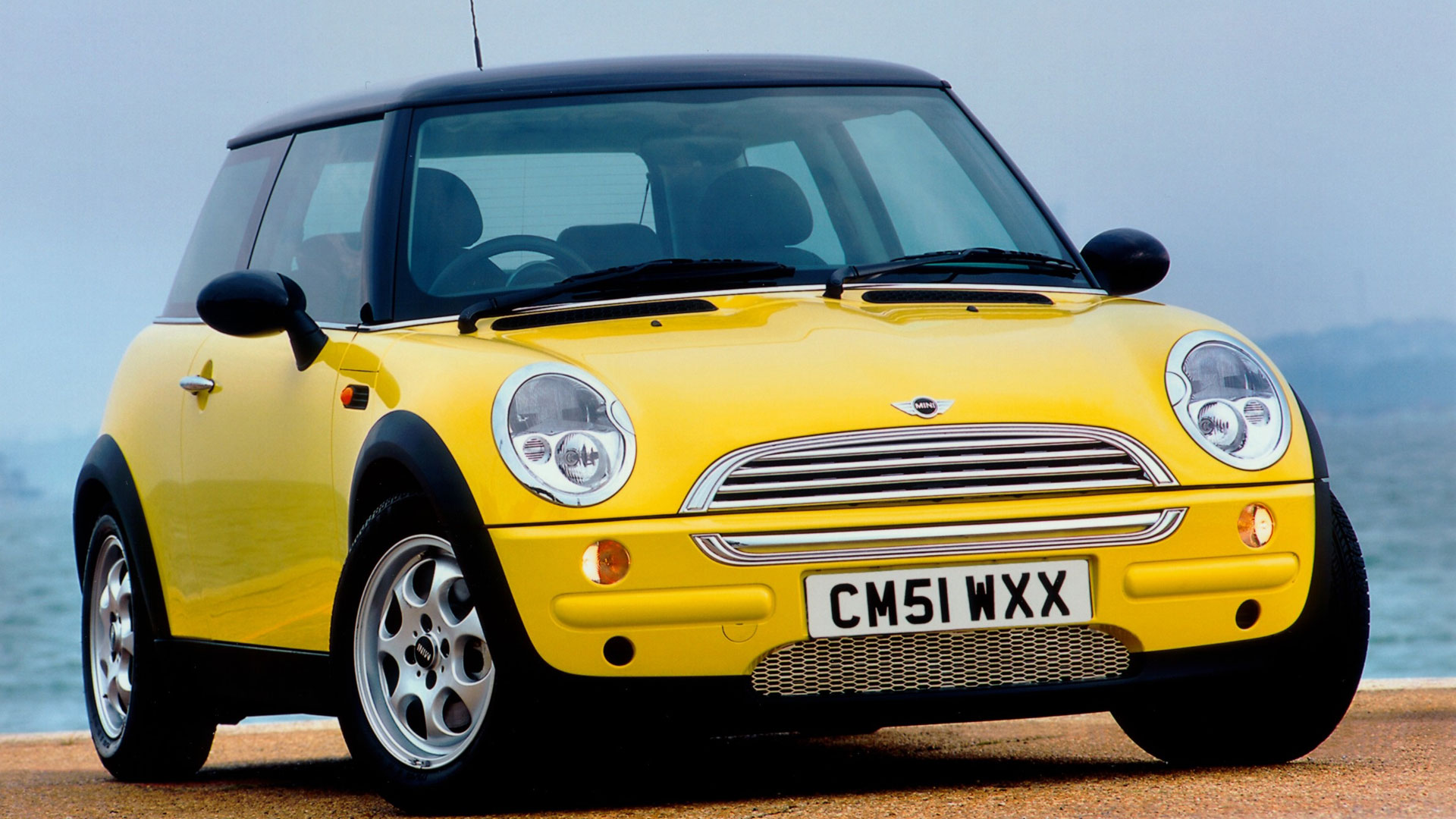
Rover had planned to build a Mini with Hydragas suspension and a K-Series engine, but BMW had other ideas. Although 40 percent of the car came from UK suppliers, the 1,598cc engine was built in Brazil, with the styling handled by Frank Stephenson, a Moroccan-born American. “The MINI Cooper is not a retro design car, but an evolution of the original,” said Stephenson. “It has the genes and many of the key characteristics of its predecessor, but it is larger, more powerful, more muscular, and more exciting than its predecessor ever was.”
Not a real Mini?
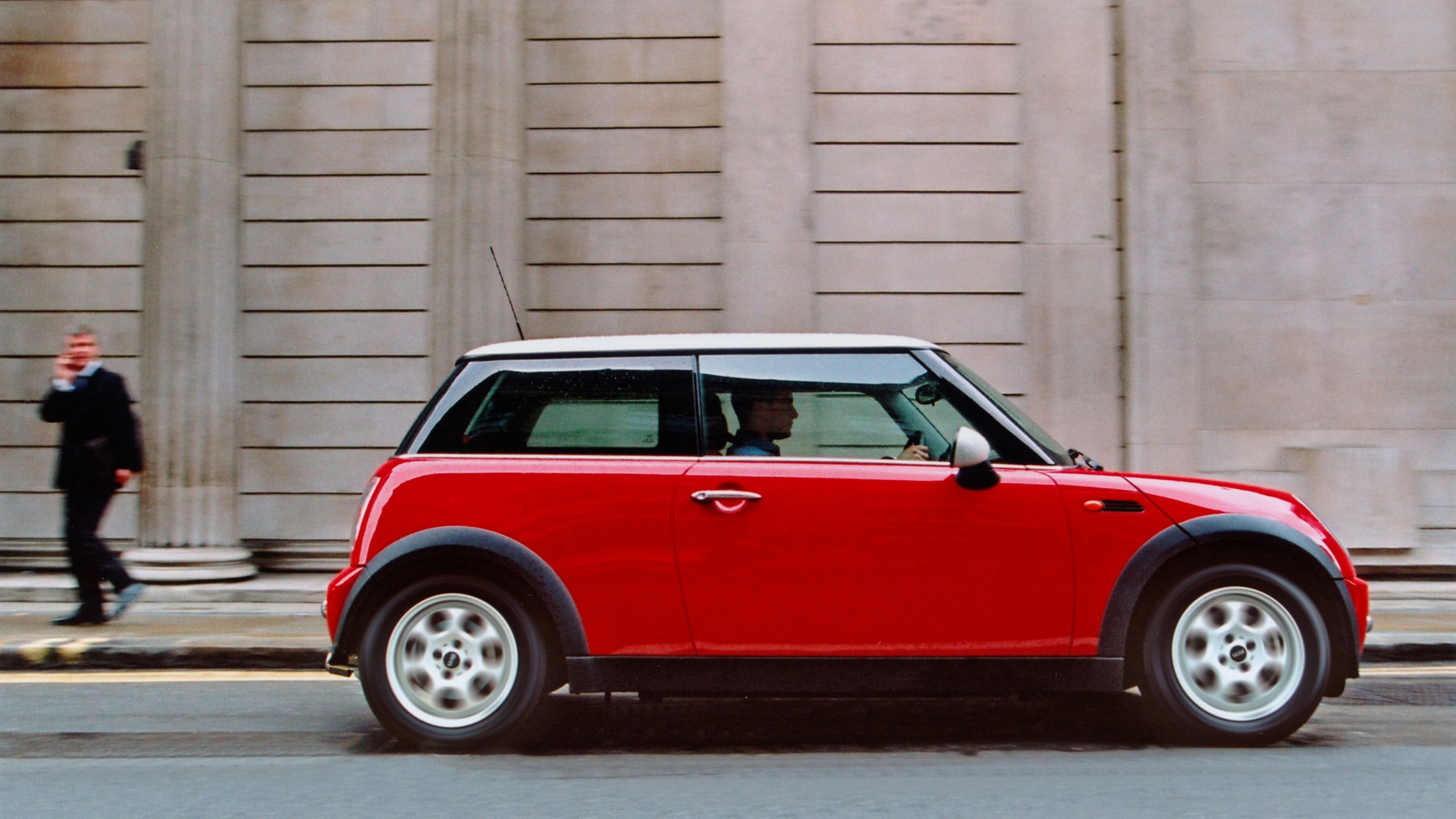
To say it wasn’t met with universal acclaim would be a huge understatement. Mini purists failed to embrace the car, while Alex Moulton, the genius behind Hydragas didn’t hold back. “It’s enormous – the original Mini was the best-packaged car of all time – this is an example of how not to do it… it’s huge on the outside and weighs the same as an Austin Maxi. It is an irrelevance in so far as it has no part in the Mini story,” scathed the engineer and inventor.
A MINI adventure
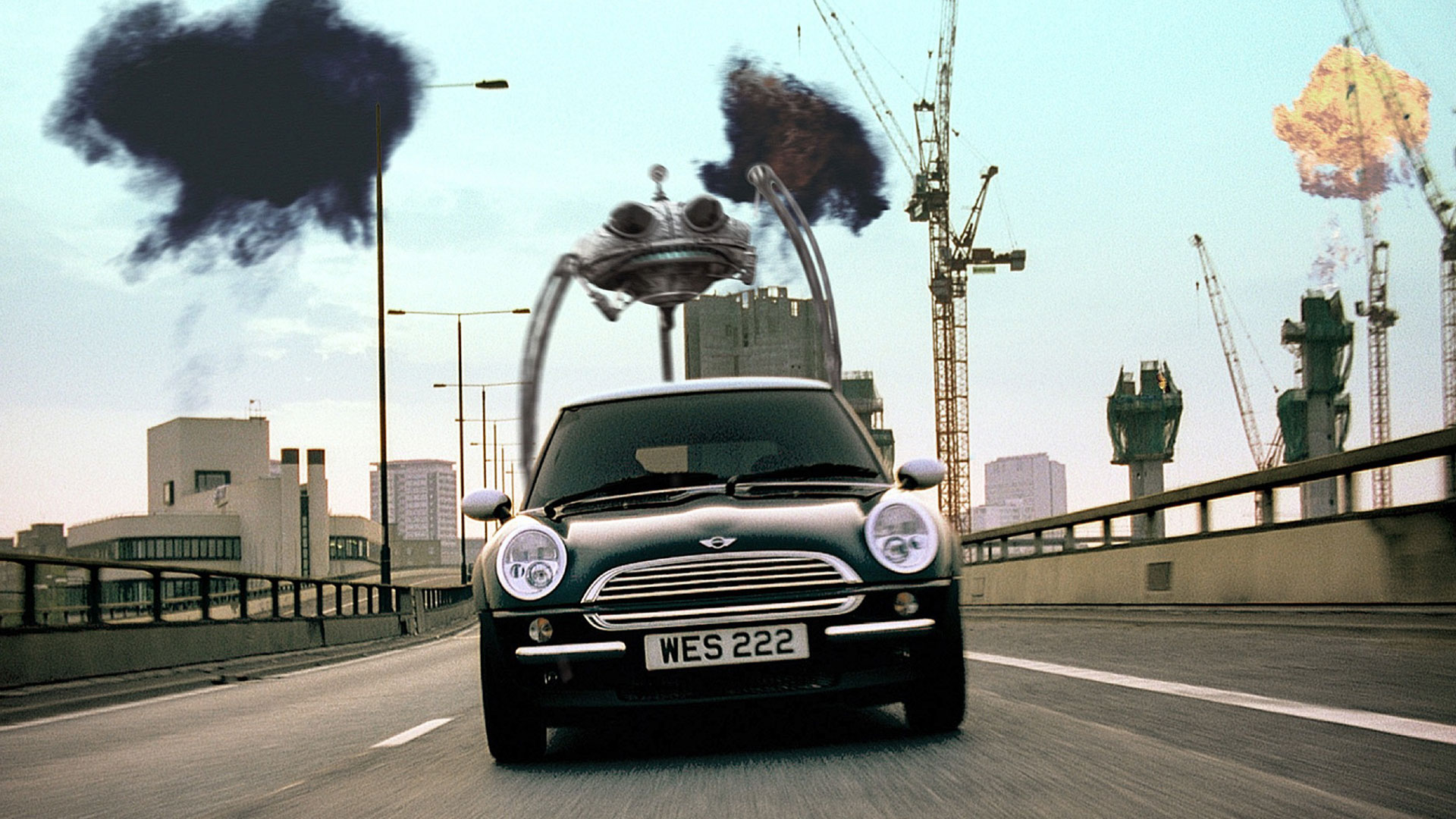
The new MINI went on sale in the UK in July 2001, with buyers queuing up for a slice of retro-evolutionary motoring. Much like the original, it wasn’t perfect, with the new MINI criticised for its small boot, cramped rear seats and a lack of power, but most road testers were won over by its cabin, safety credentials, driving position, gearbox, ride quality and style.
The Cooper S
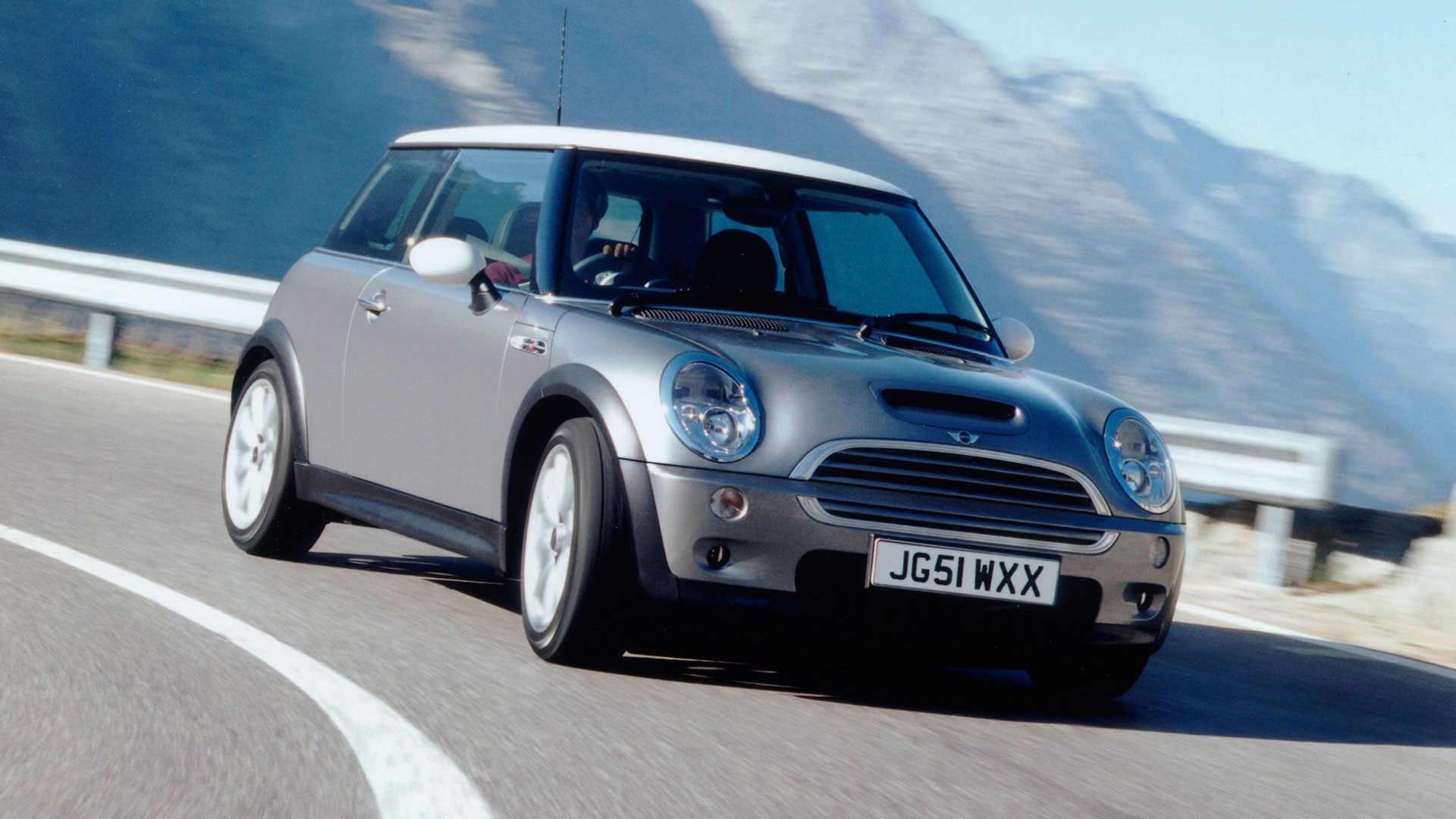
In response to claims that the MINI could handle more power, the Cooper S arrived in 2002. Courtesy of a Roots supercharger, power was up from 130hp in the Cooper to 163hp, helping to deliver a 0-60mph time of 7.6 seconds and a top speed of 133mph. Further upgrades followed, including the 200hp Cooper S Works and the arrival of the MINI Convertible.
John Cooper Works GP
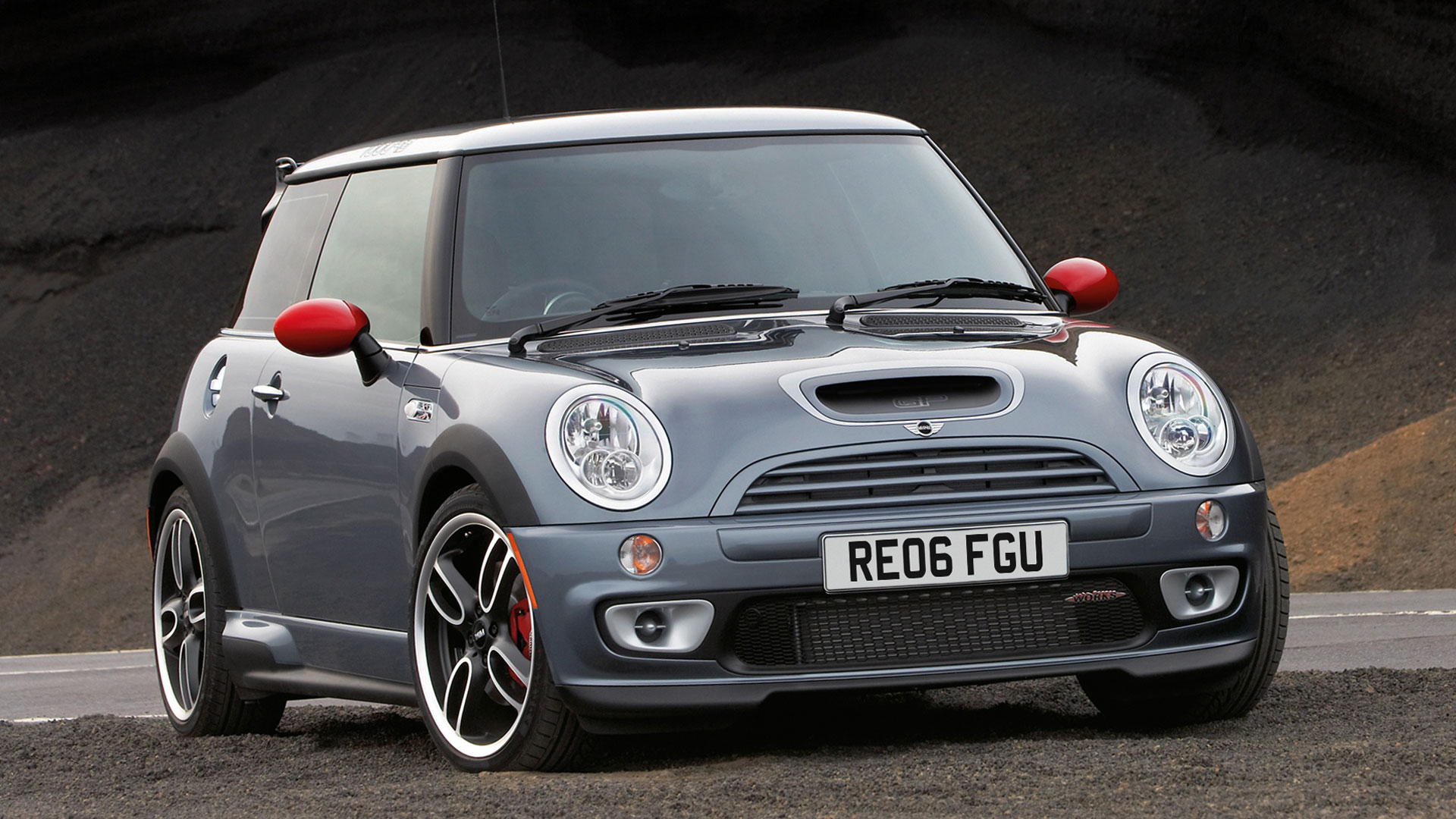
By now, BMW was finding its groove, as evidenced by the MINI John Cooper Works GP. This was the most powerful production MINI to date, with its supercharged four-cylinder engine developing 218hp. At £22,000, it wasn’t cheap, but there were no shortage of buyers for this modern classic.
Out with the old
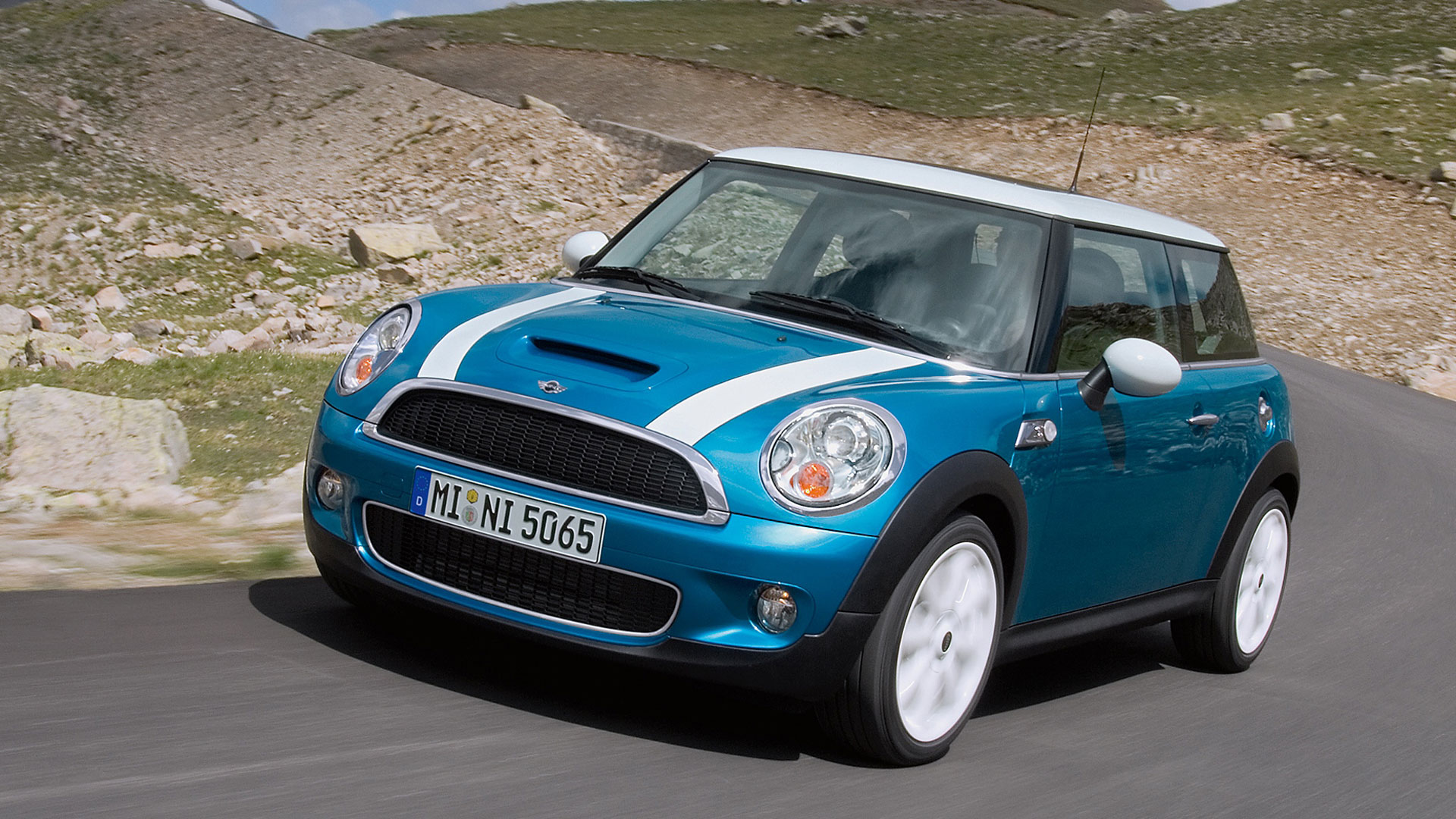
BMW called time on the first-generation MINI in 2006, replacing it with the even larger R56. The front-end was redesigned to meet pedestrian safety regulations, while the cabin felt more upmarket than before. The old Brazilian-built engine was gone, replaced by a new 1.6-litre motor developed in partnership with Peugeot-Citroen.
In with the new
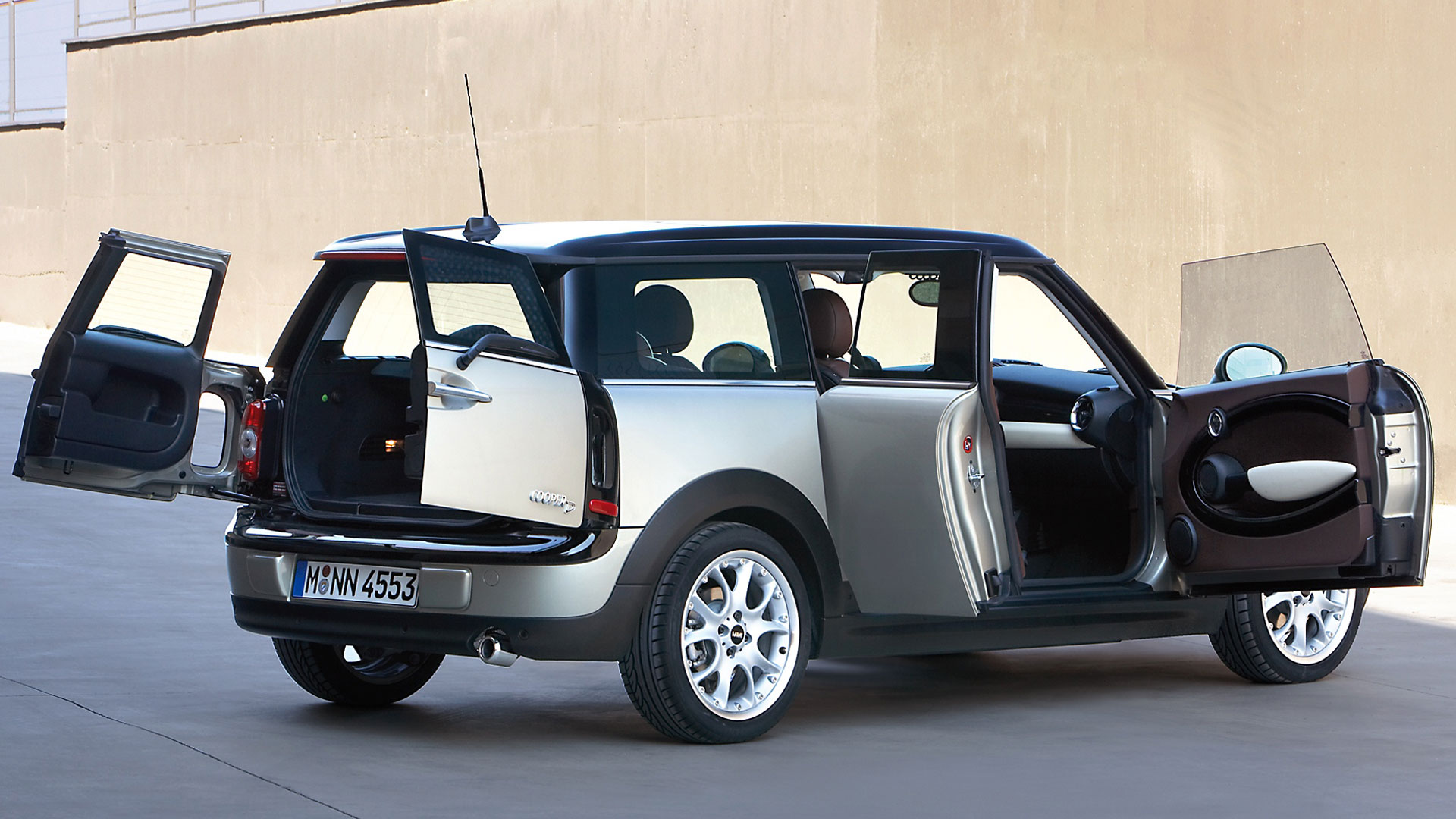
The R56 also provided the platform for the Clubman, which borrowed heavily from the Traveller concept of 2005. If the name wasn’t controversial enough, the ‘Clubdoor’ was on the wrong side for passengers in the UK. The first diesel-powered Cooper D arrived in 2007, while the Cooper S John Cooper Works made its debut in 2008. BMW’s marketing team went into hyperdrive, launching the Countryman, Coupe and Paceman variants, to varying degrees of success. There was also a really-rather-good but short-lived Clubvan and an entry-level MINI First.
The F55
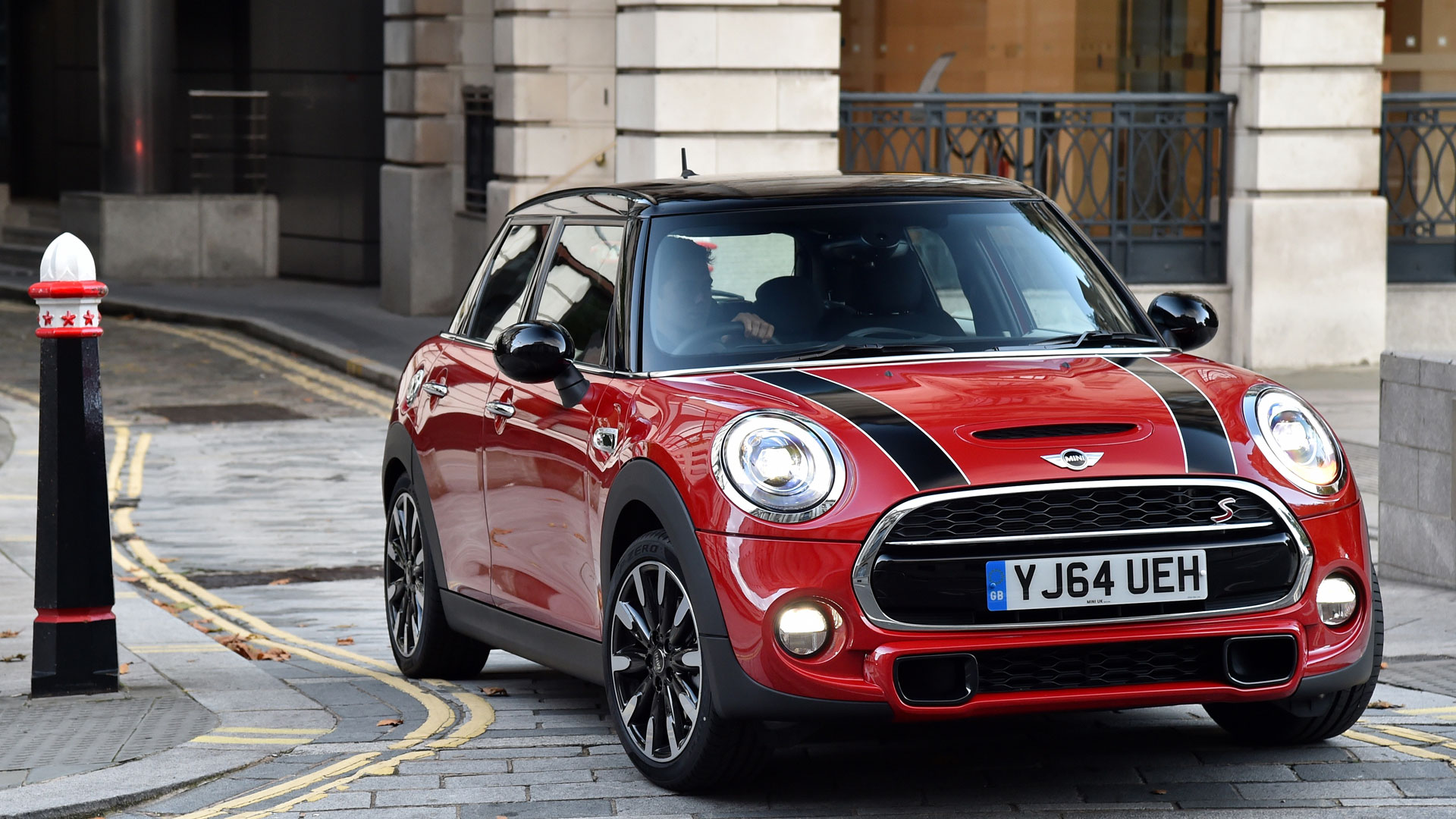
Special editions came and went, and some models were quietly dropped before the current F55 MINI arrived in 2004. Predictably, it’s bigger than ever and comes with the option of five doors. Thankfully, the range has been trimmed, with only the Hatchback, Convertible, Clubman and Countryman models remaining.
MINI Electric
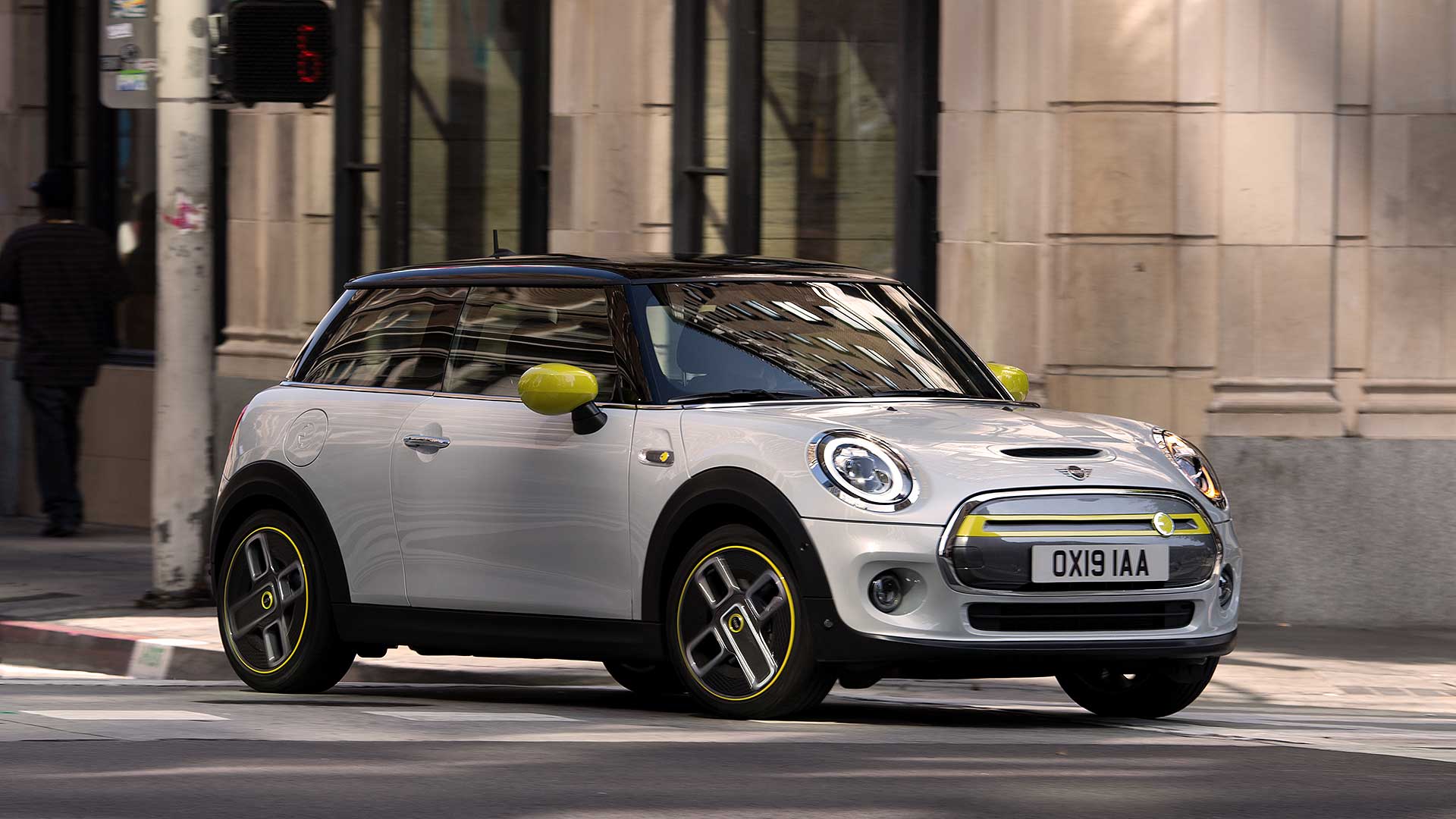
Bringing the story right up-to-date, a new fully-electric MINI joins the range in 2019, with production handled at Plant Oxford. The MINI Electric is expected to launch as part of the company’s 60th anniversary celebrations, sporting 120 miles of range and quirky EV looks. Joining it at the other end of the spectrum soon will be the hardcore 300hp+ GP variant…
Happy 60th, Mini
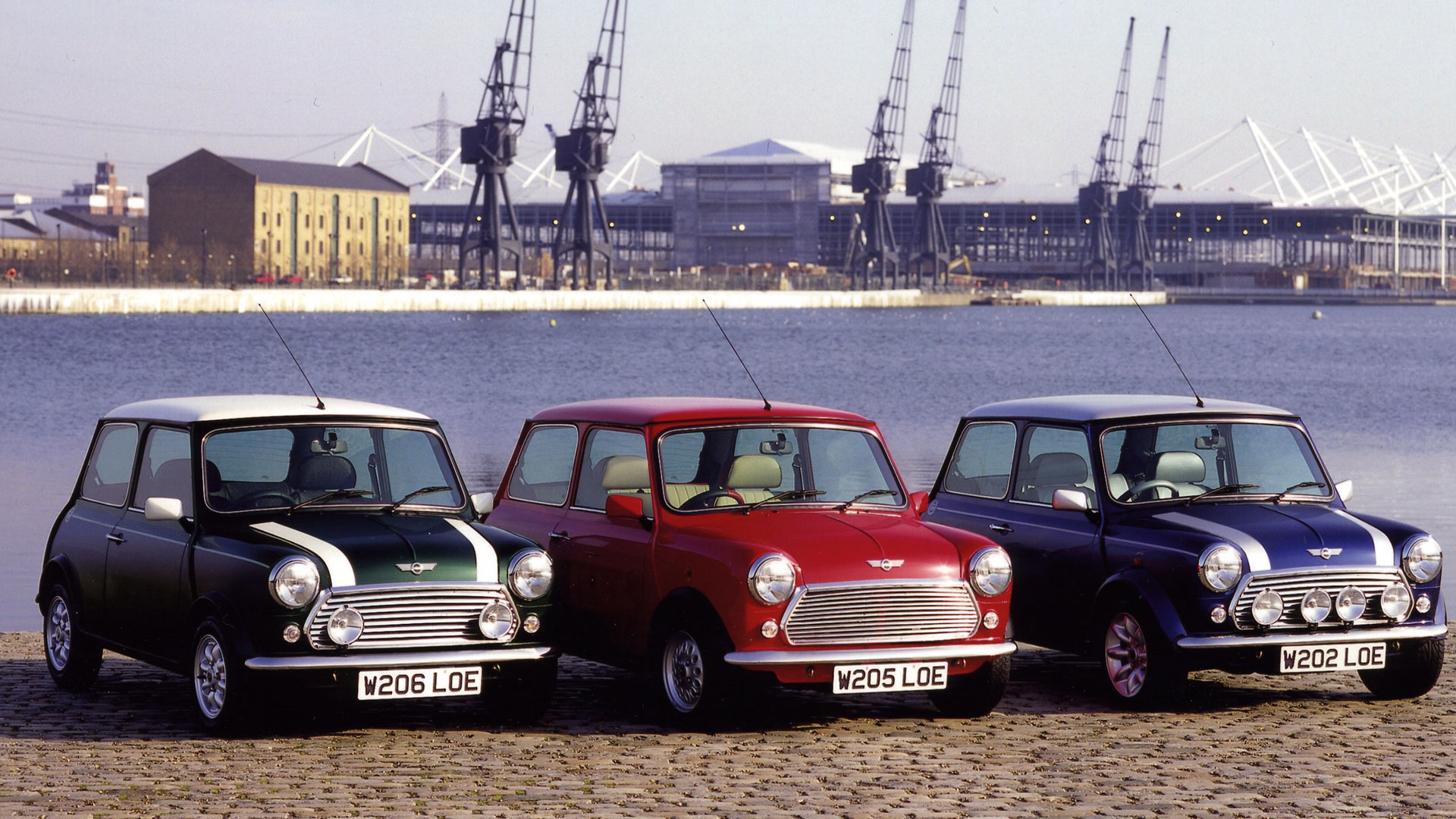
Whatever your thoughts on the modern MINI, the classic Mini played a huge part in the history of the British car industry. It was one of Britain’s finest exports and loved by everyone, regardless of age, wealth or status. There will never be anything quite like. Happy anniversary, little car.
With thanks to AROnline for the highly detailed Mini development story. Visit the website for a terrific long read – be sure to make a cuppa.
Read more:
Cleaned-up Mini John Cooper Works returns
Americans can now tweet to test-drive a Mini
Can’t buy me love: ex-Paul McCartney Mini sells for £182,000
https://www.motoringresearch.com/car-news/mini-electric-299-lease-deal/
[…] while the world is baking cakes and throwing parties to celebrate 60 years of the Mini, there’s a kind of hush surrounding 50 years of the Austin Maxi. No parades, no cheese and […]